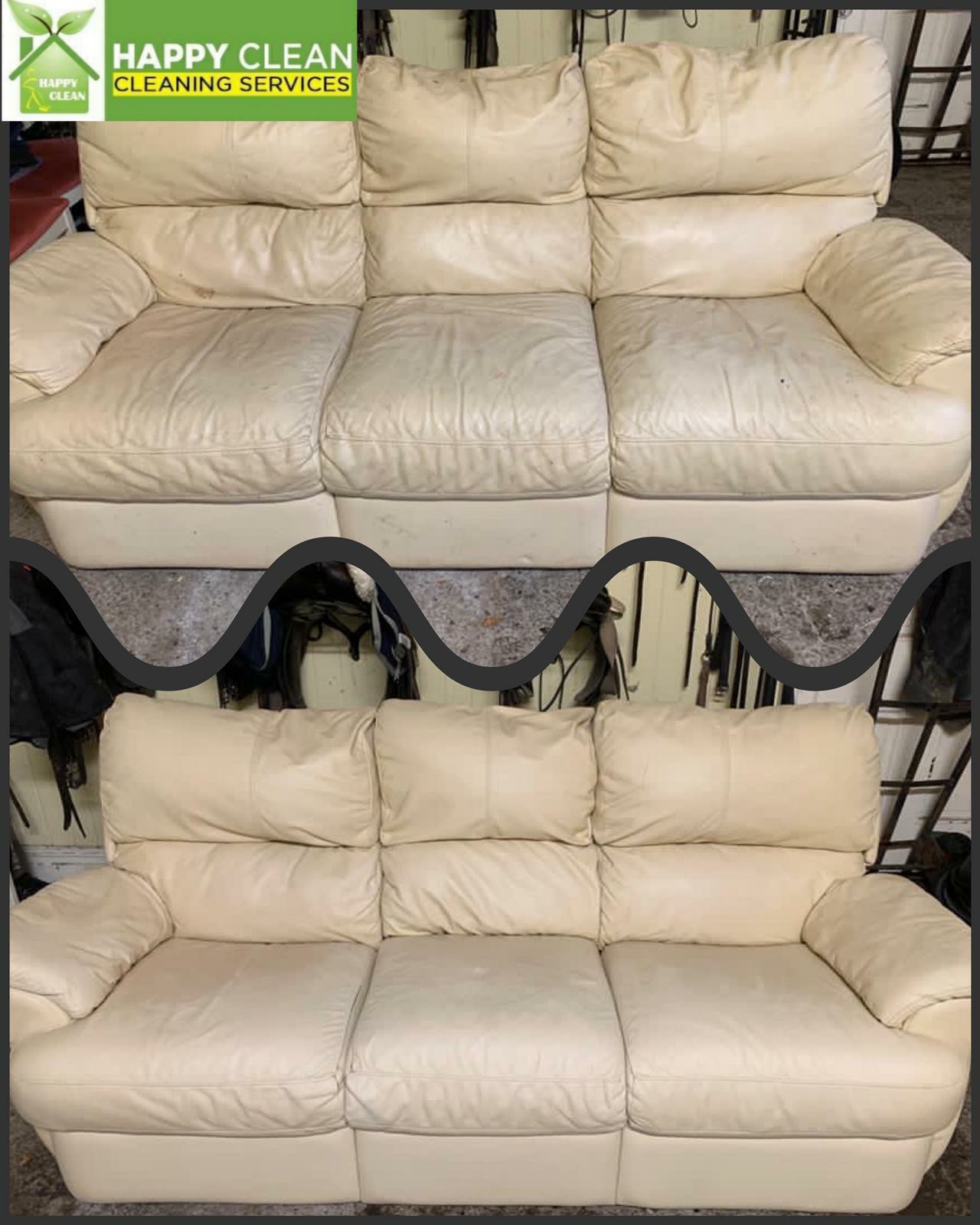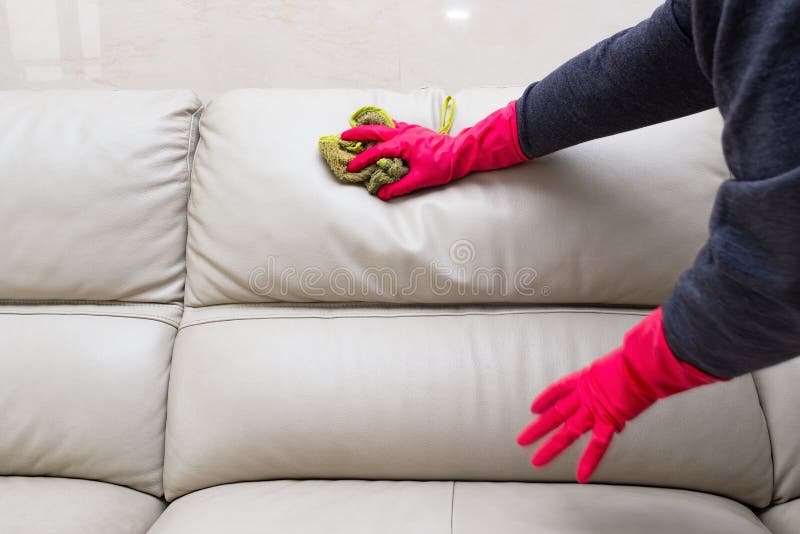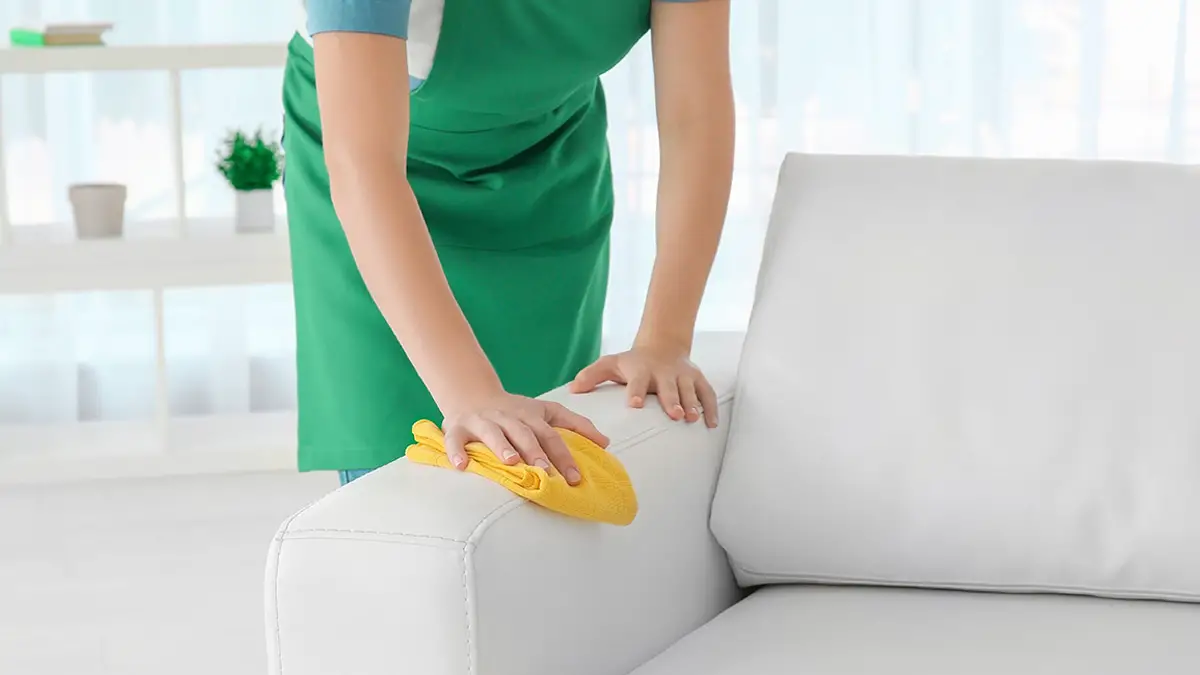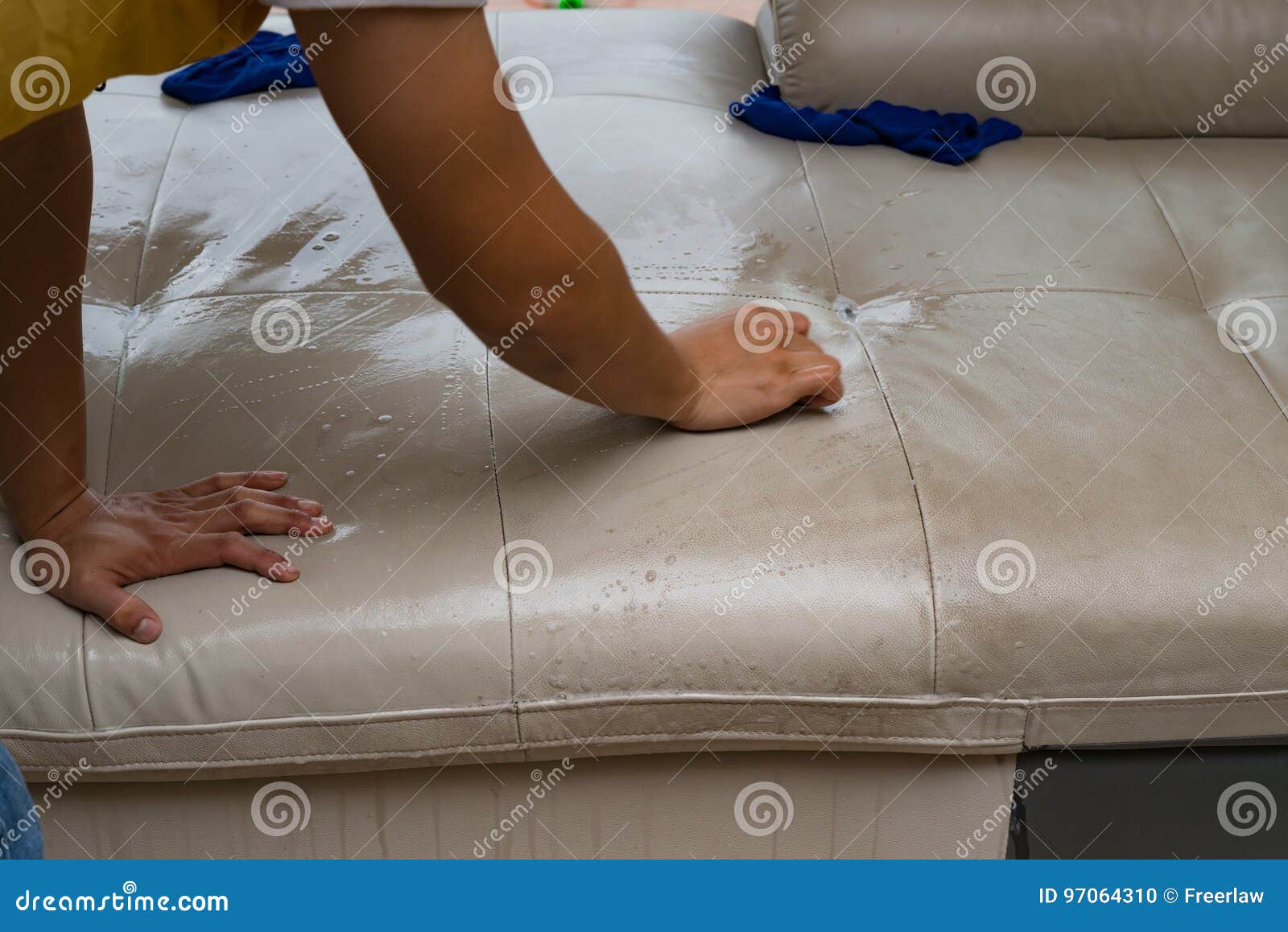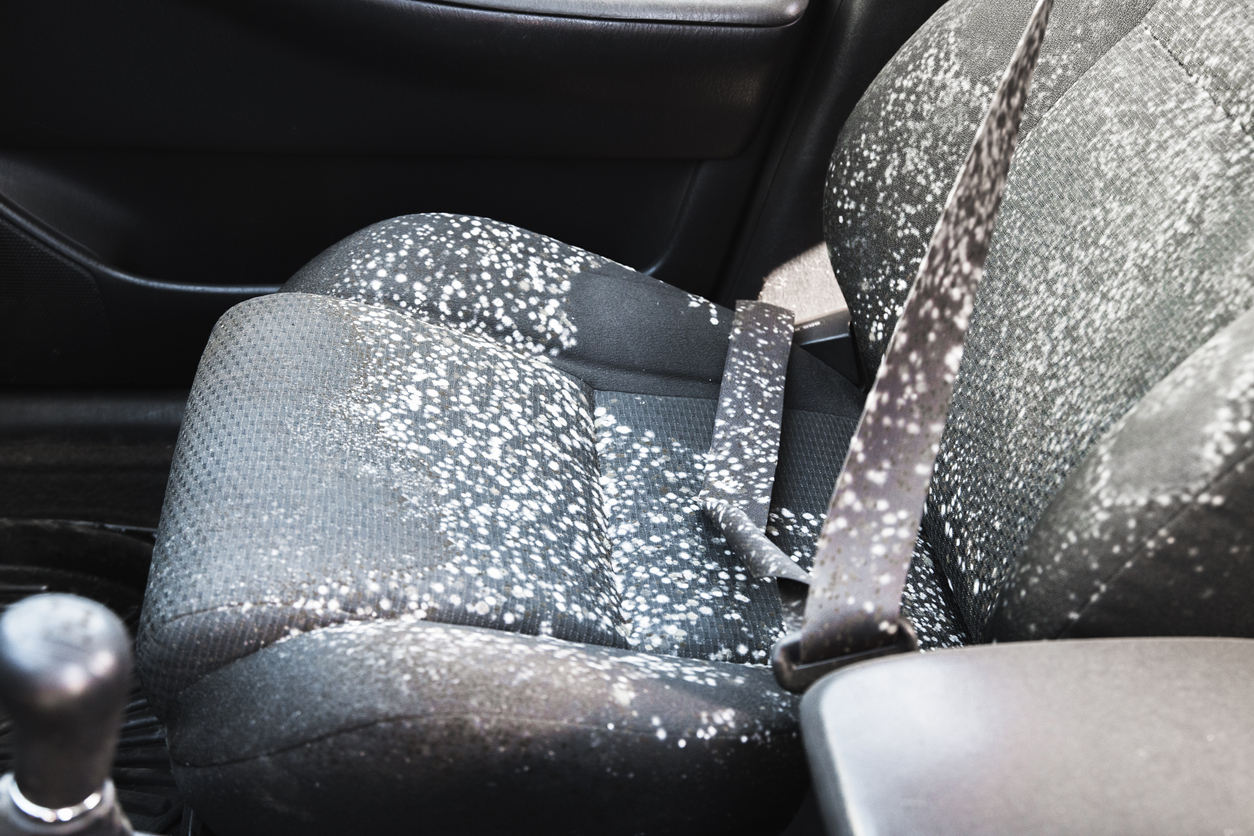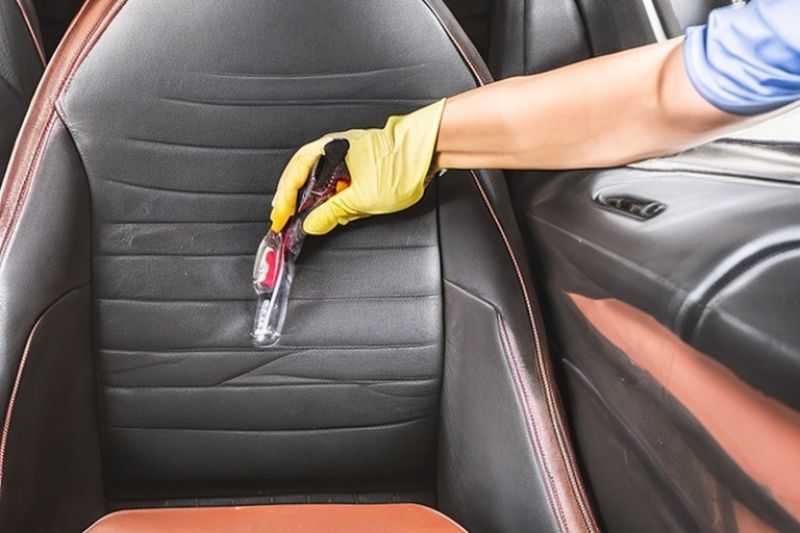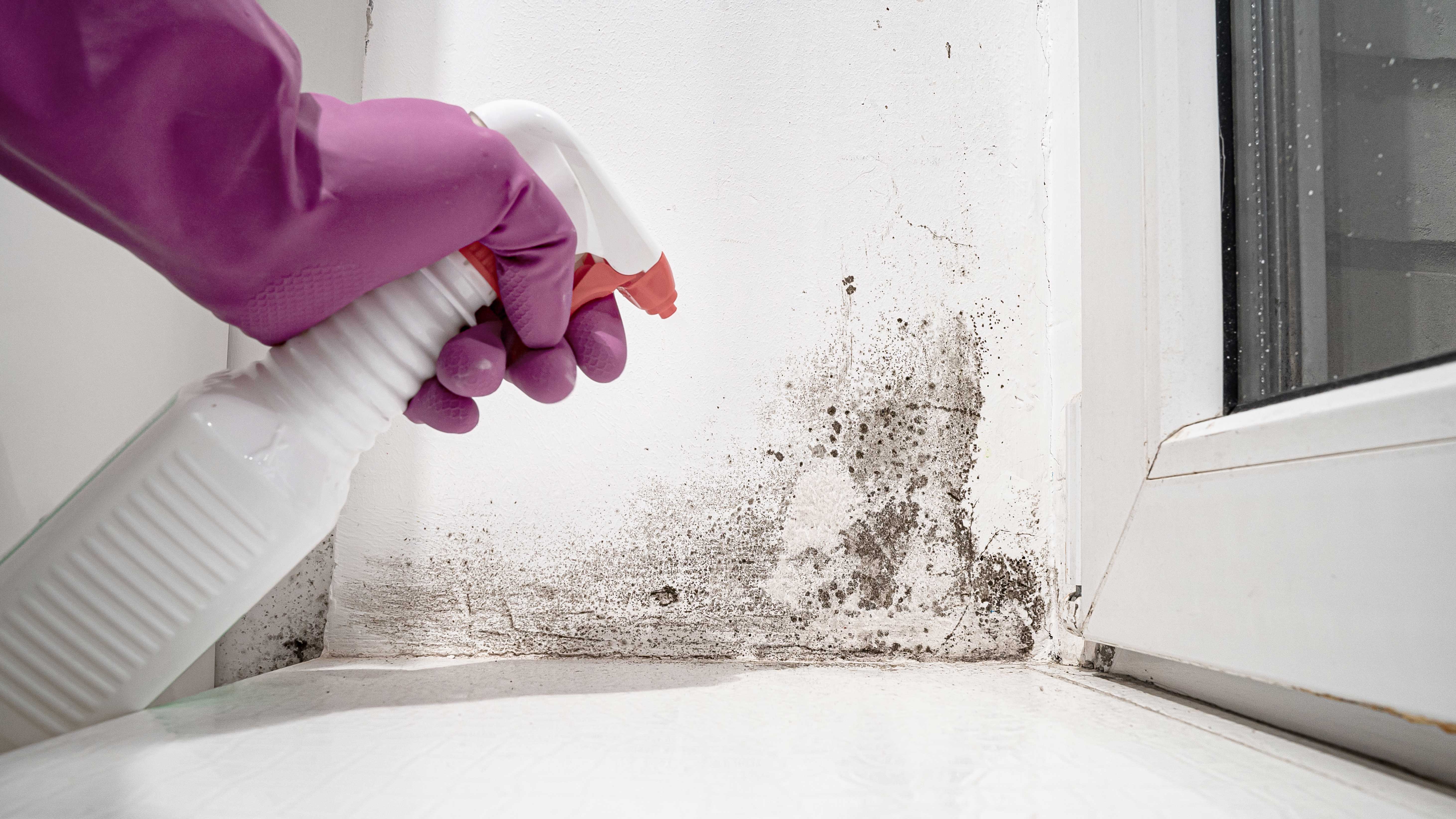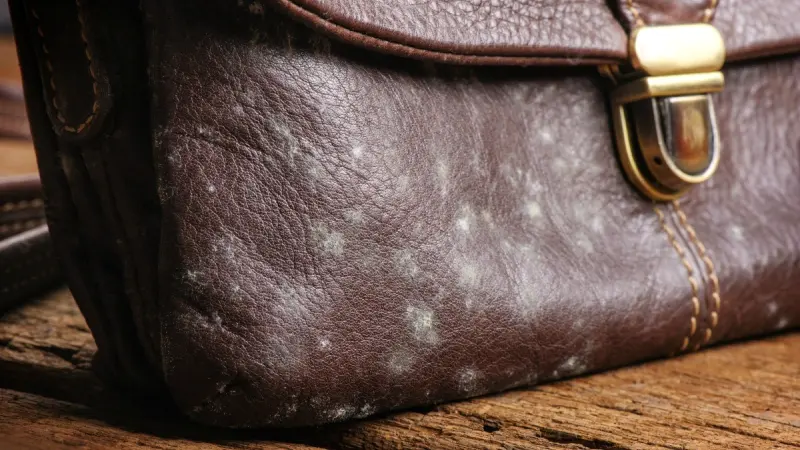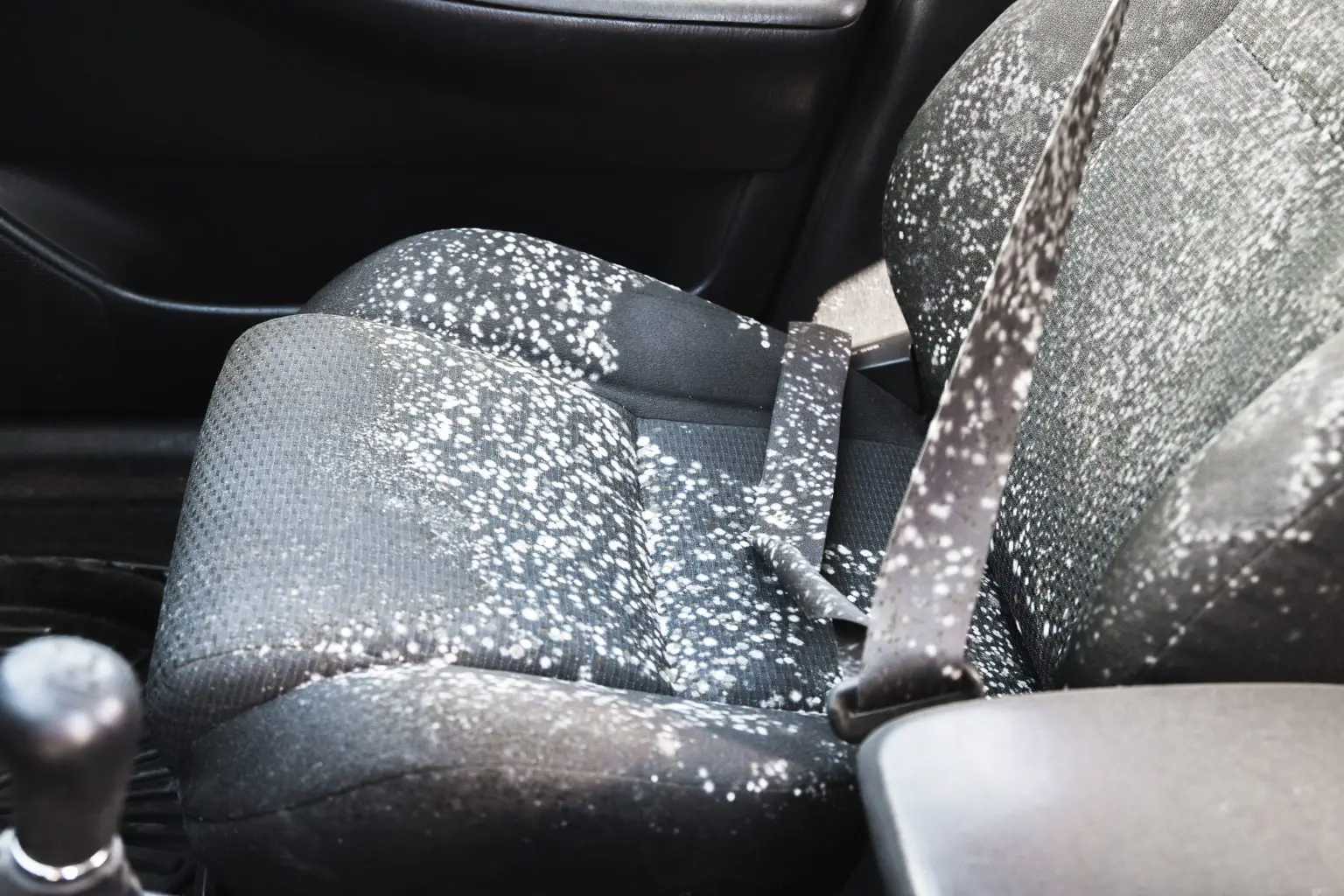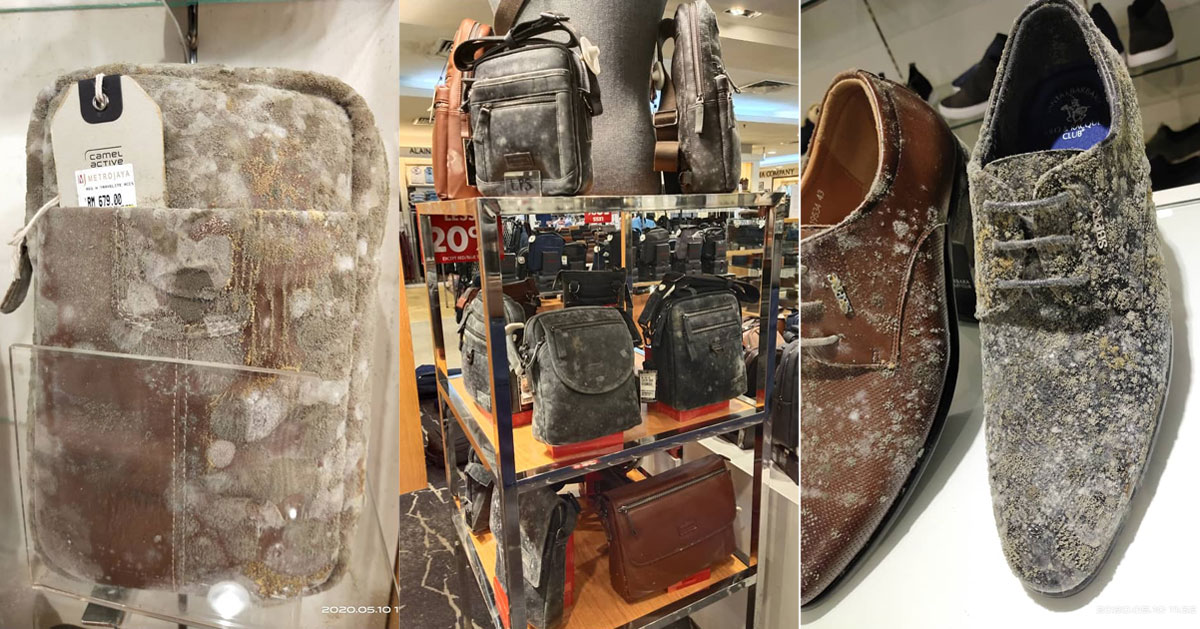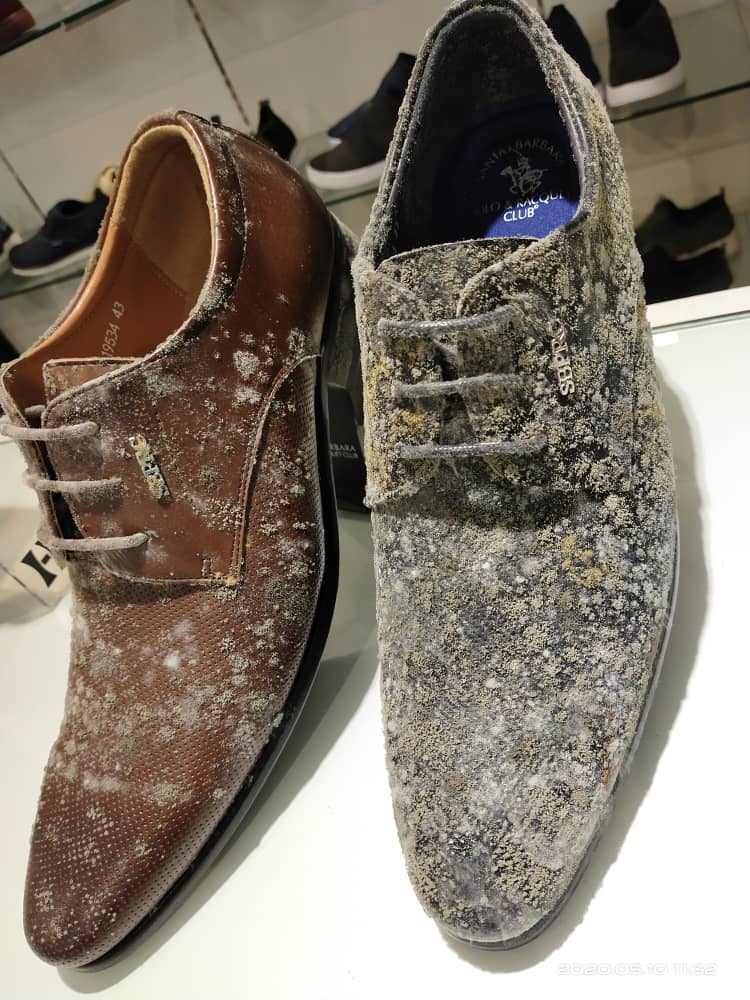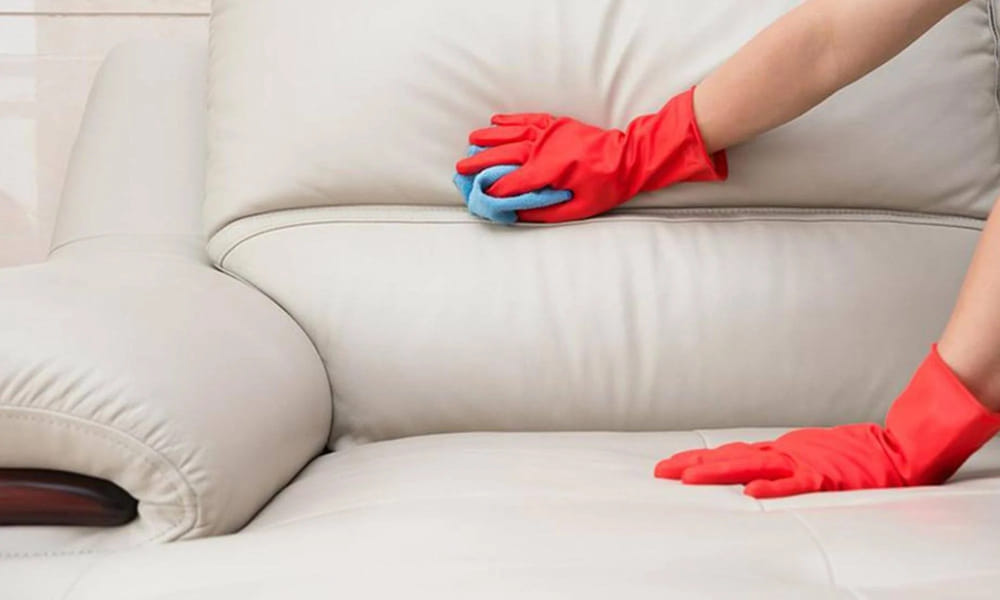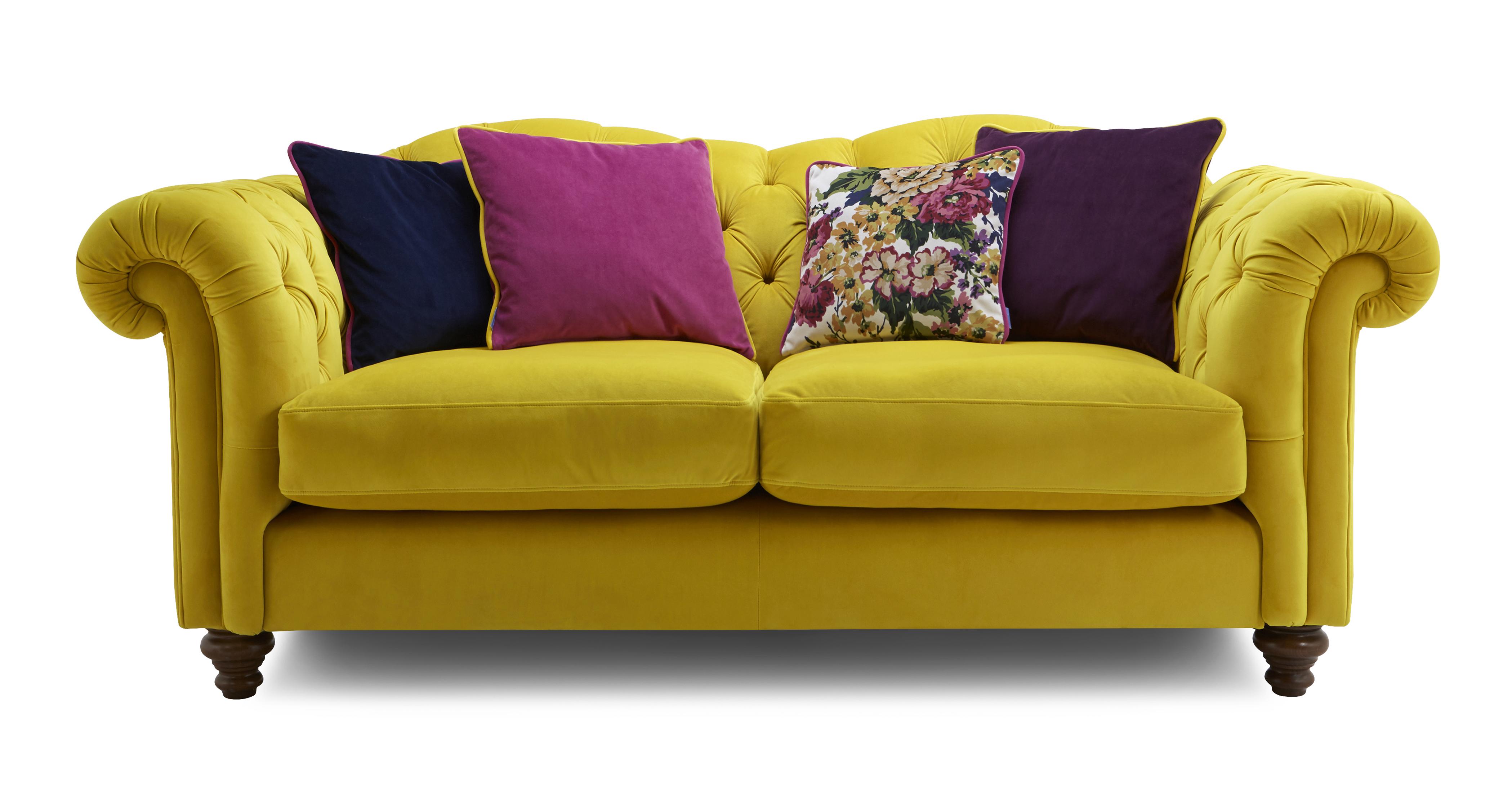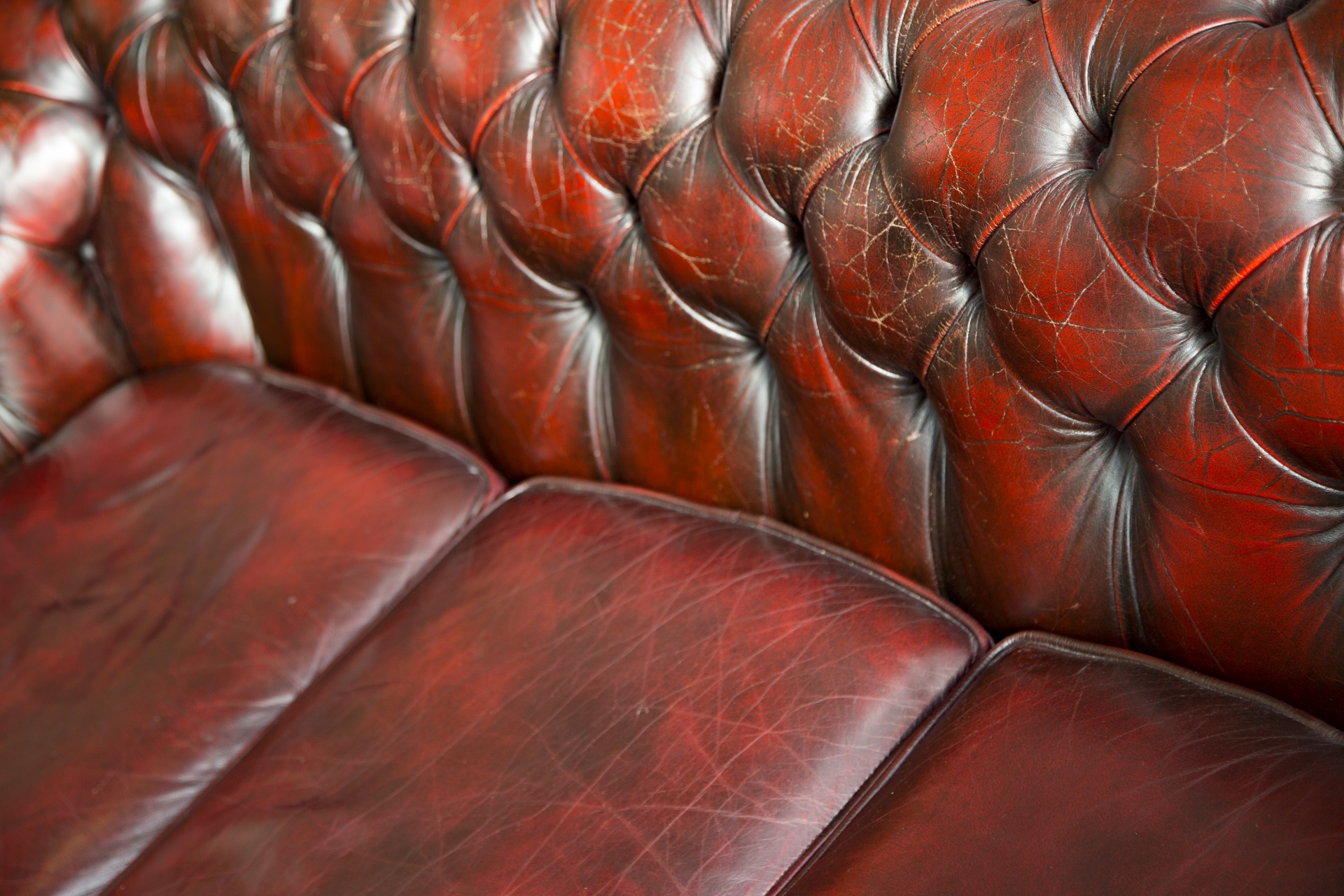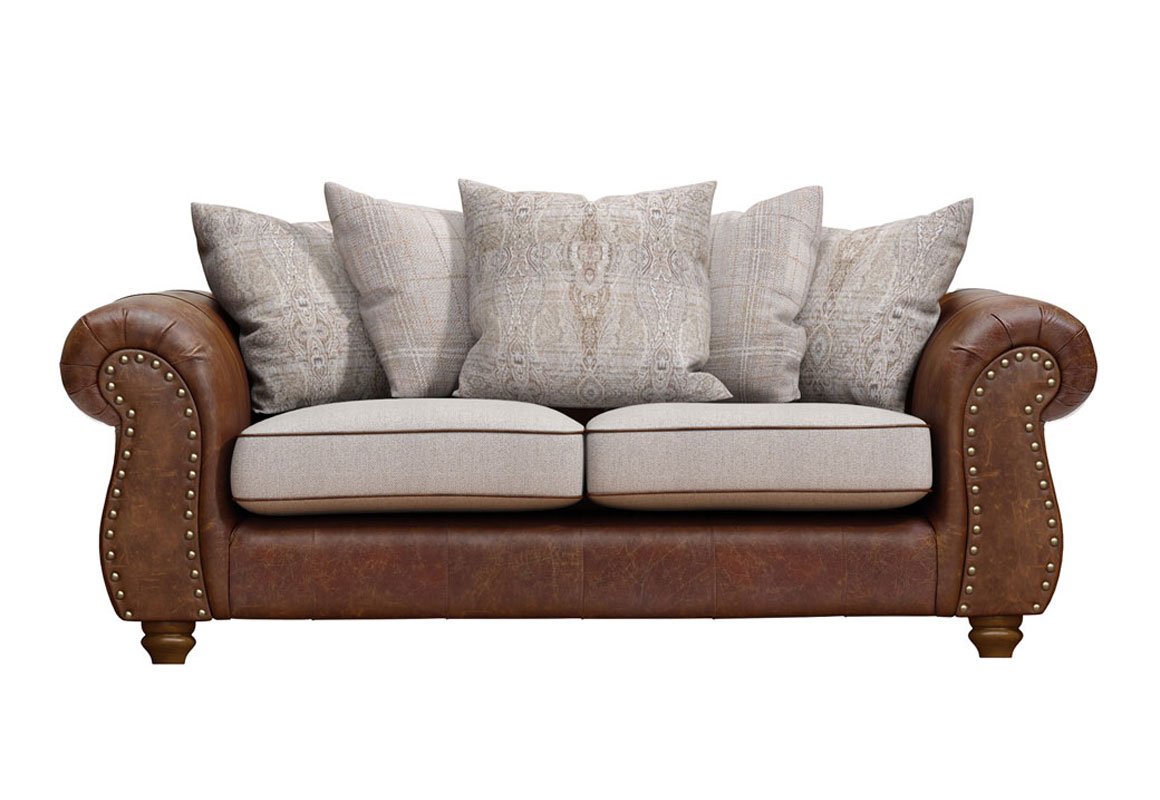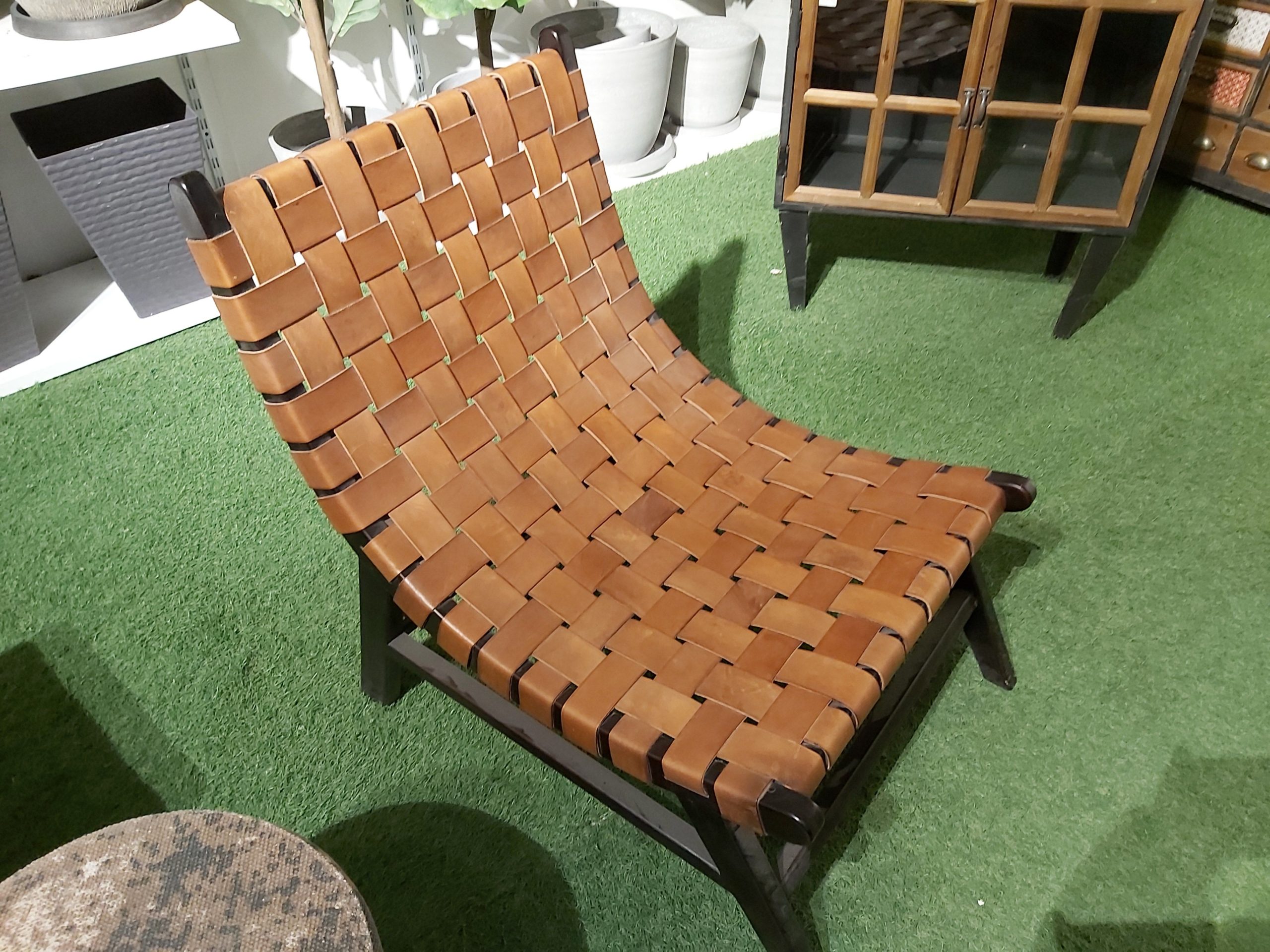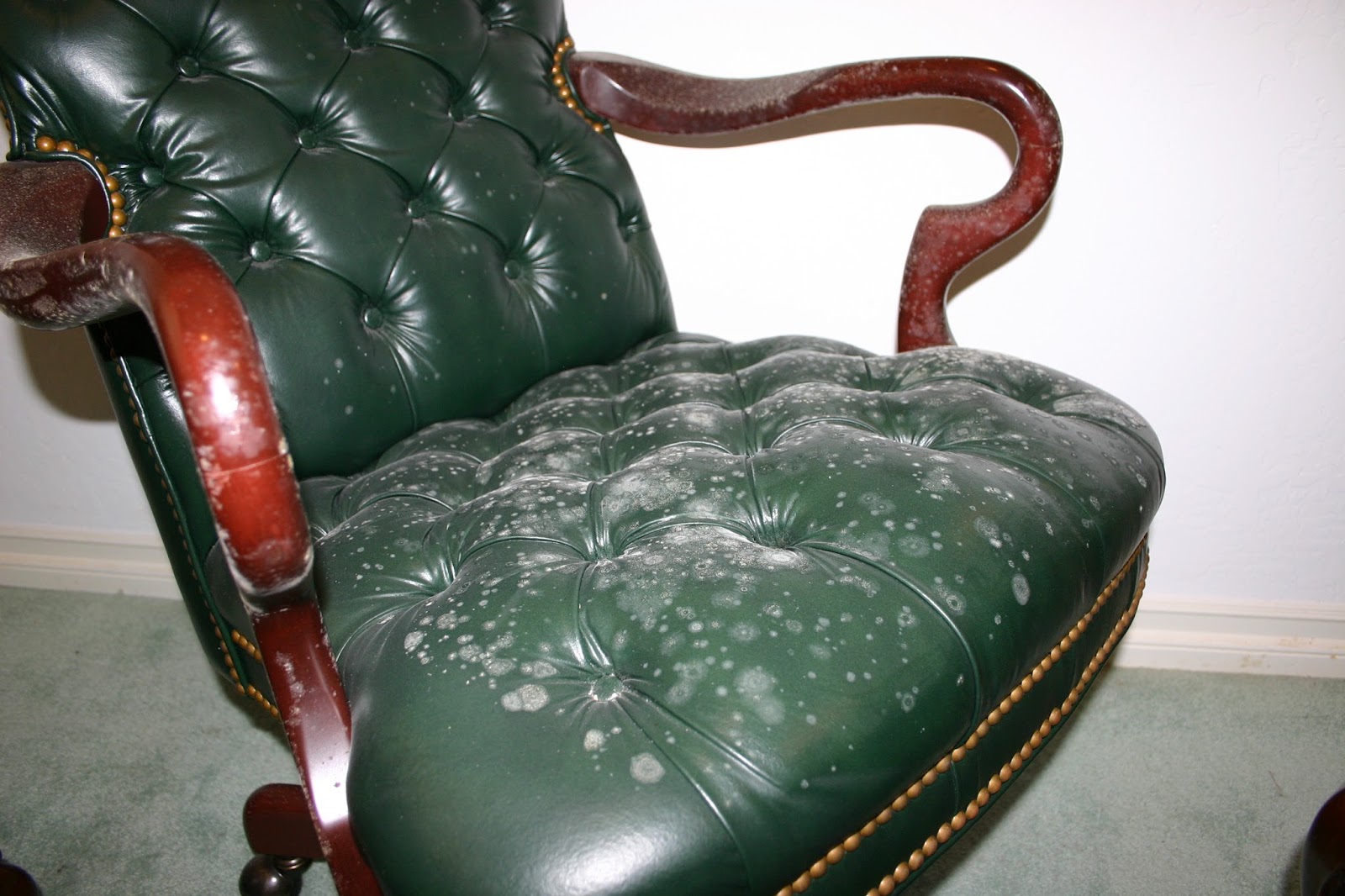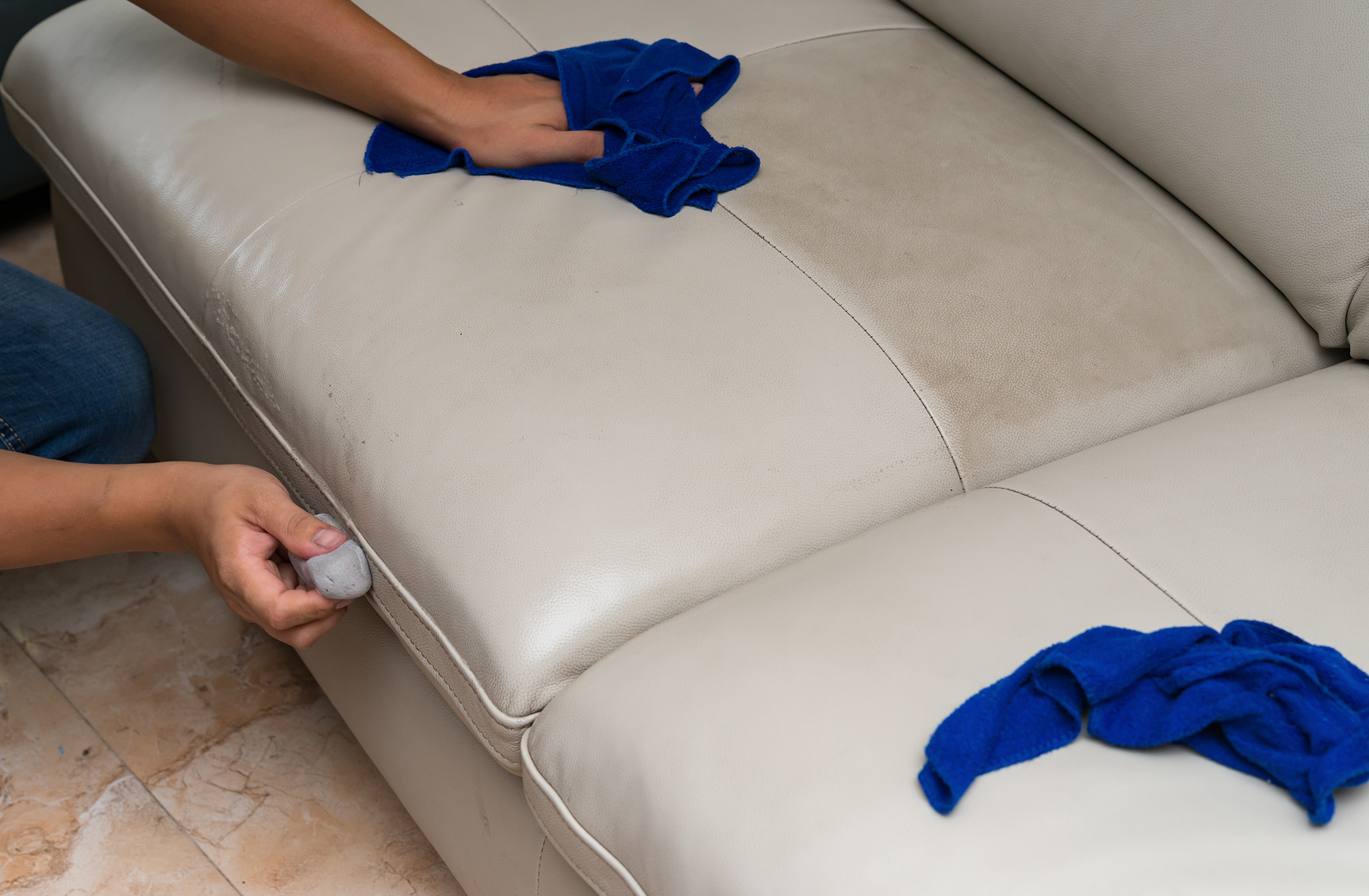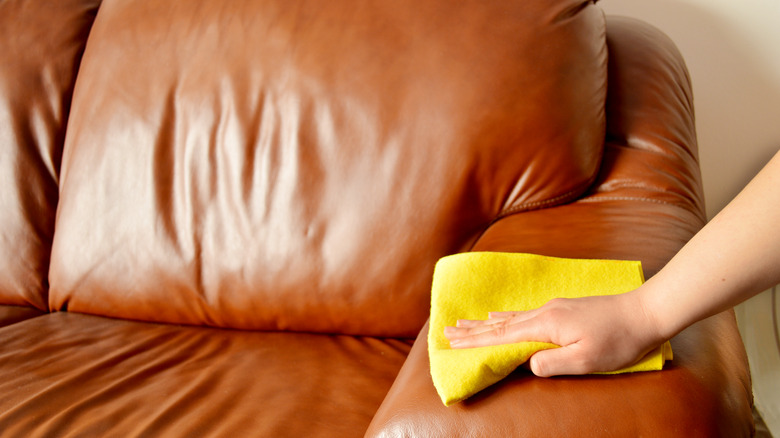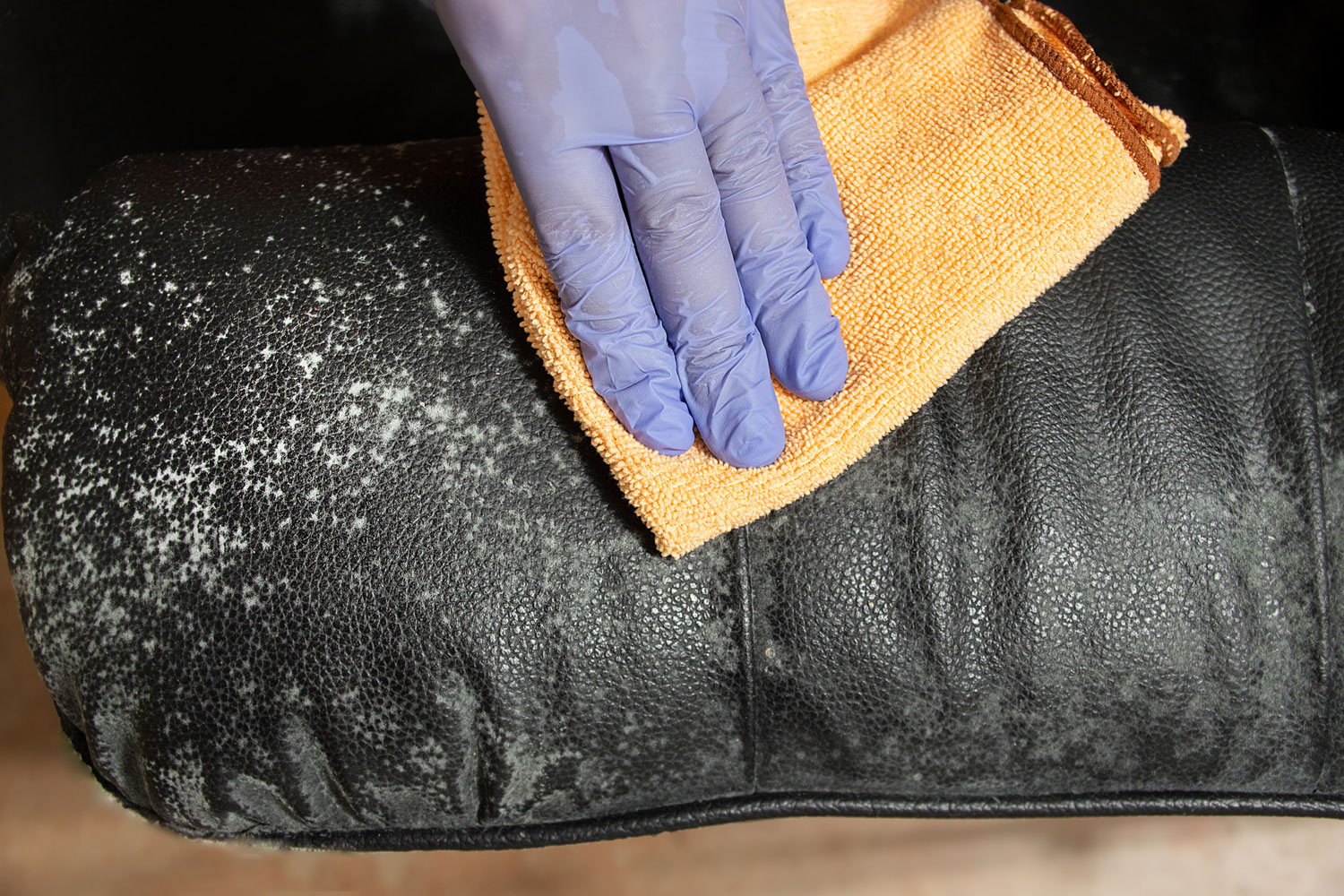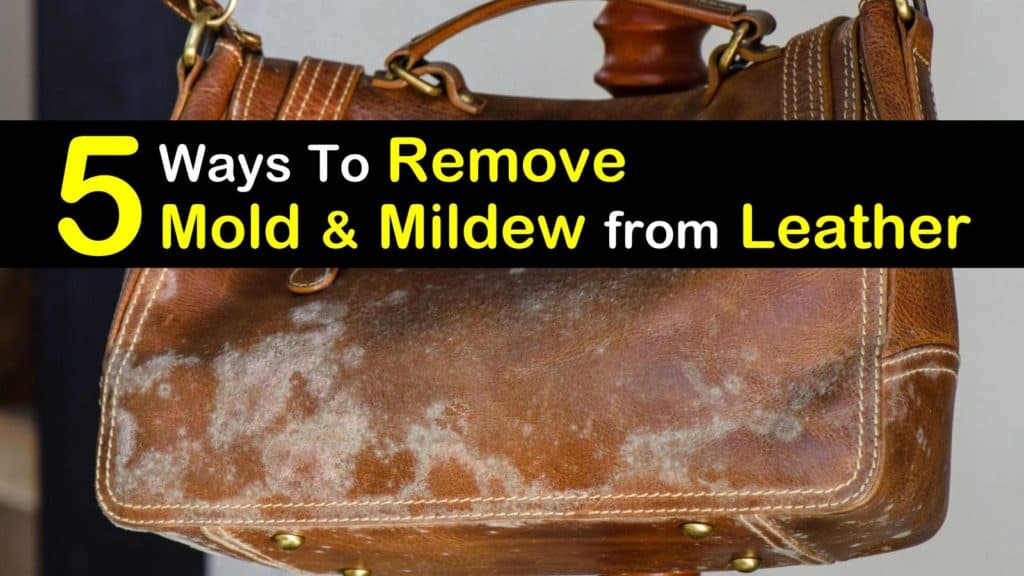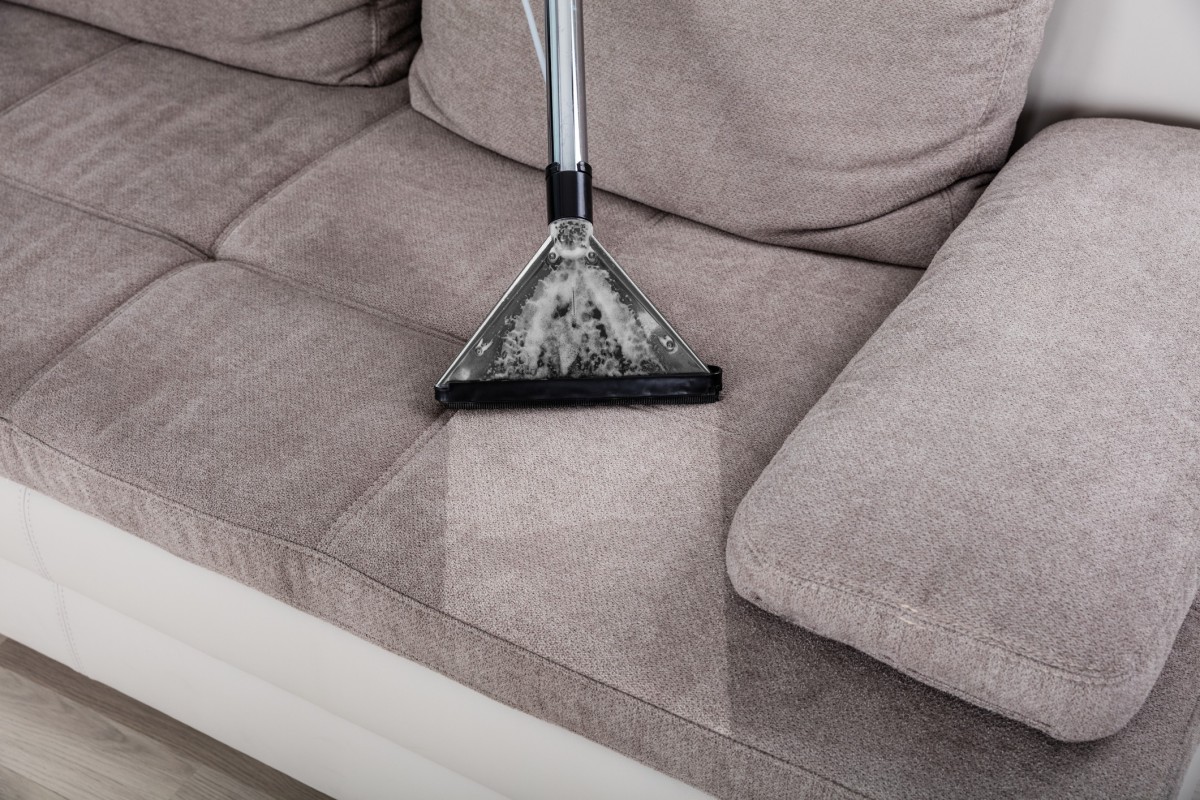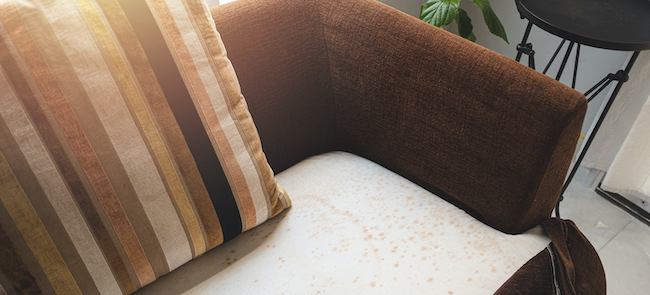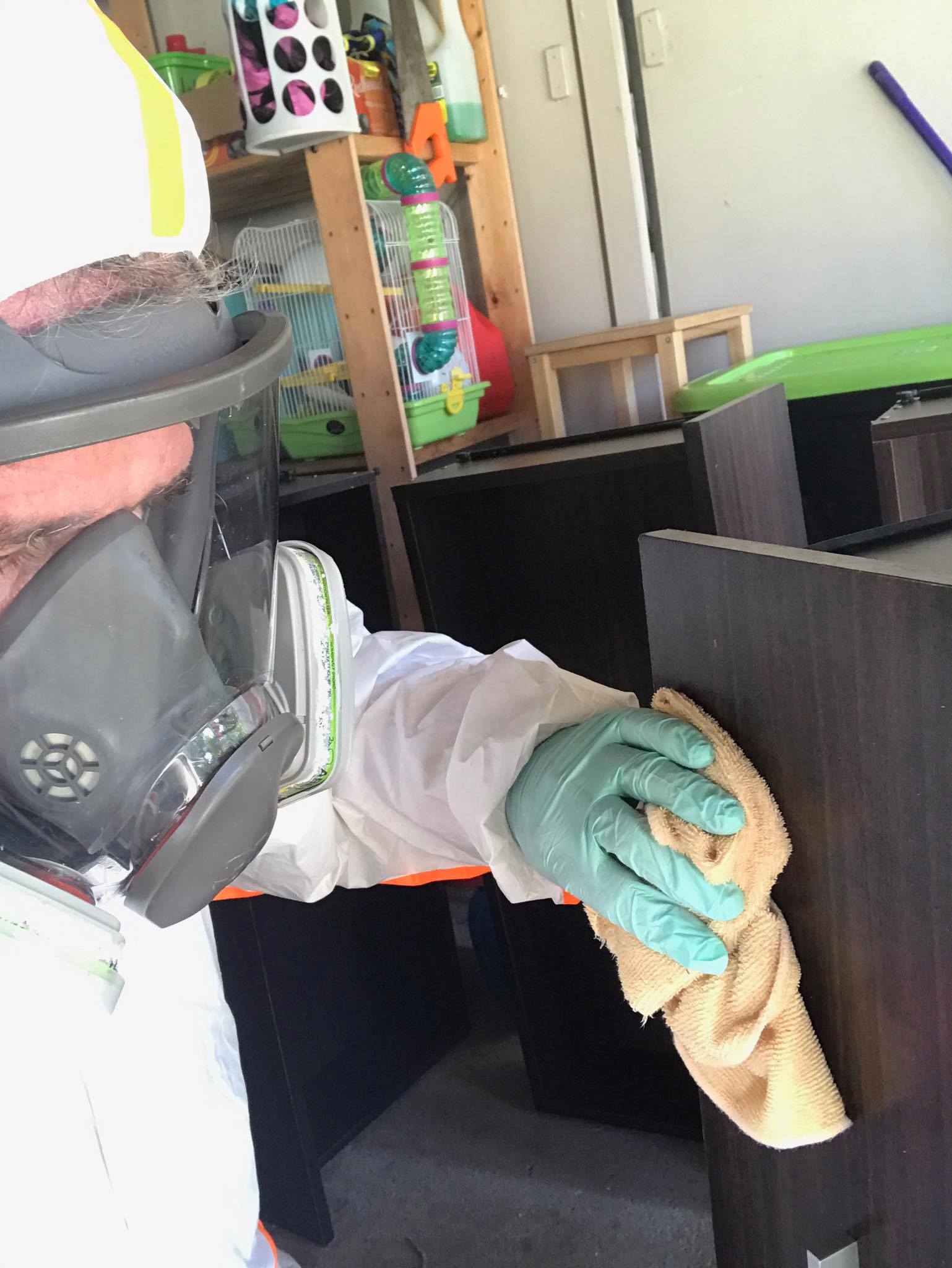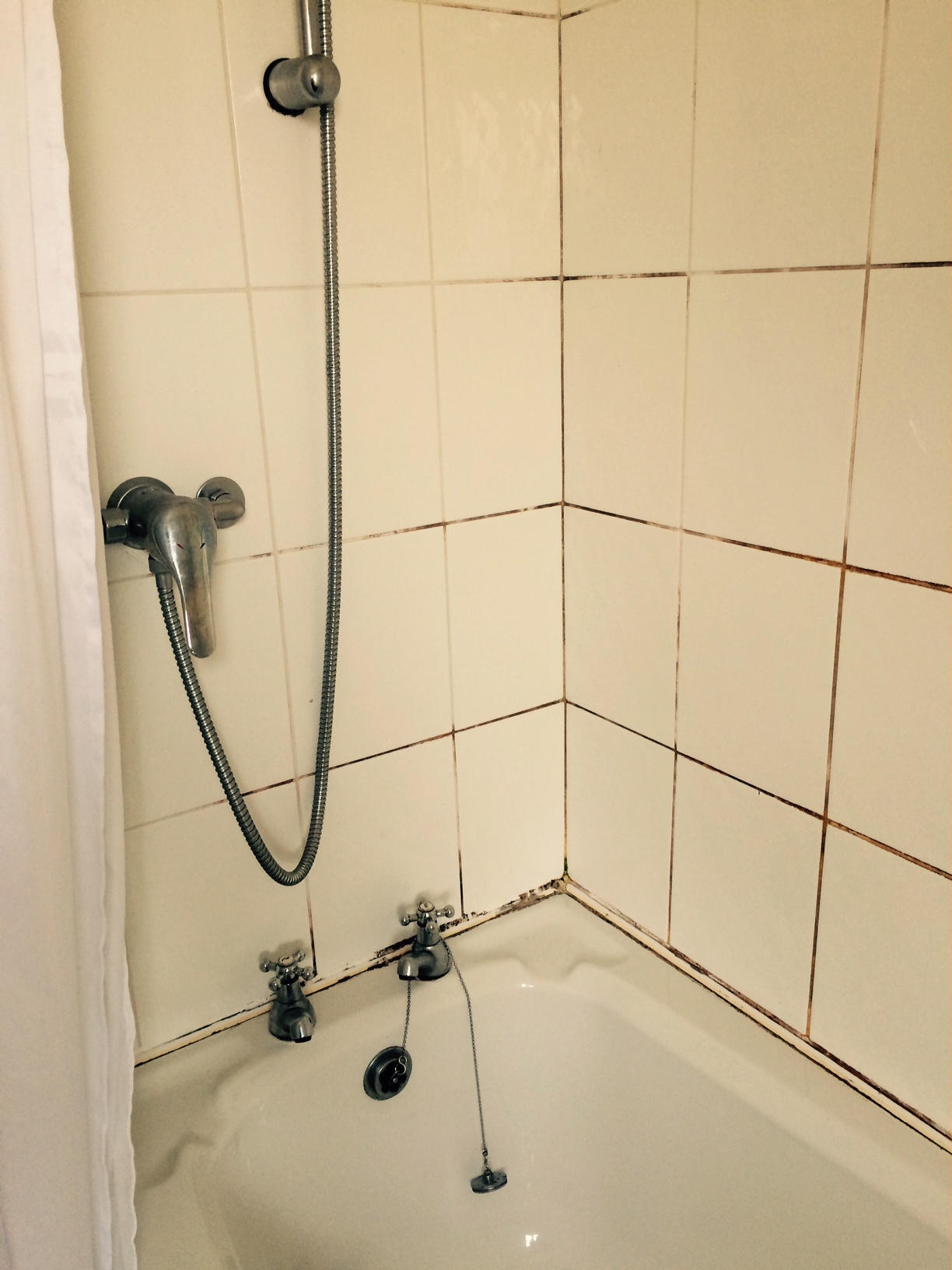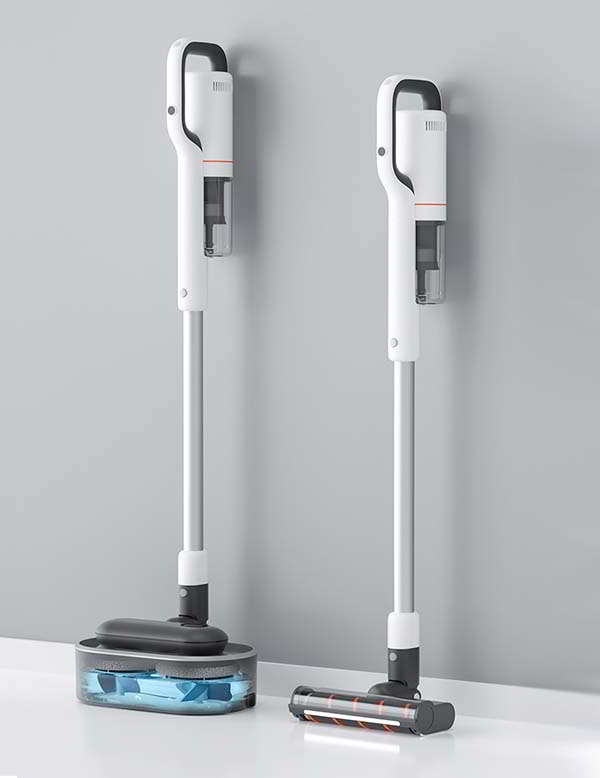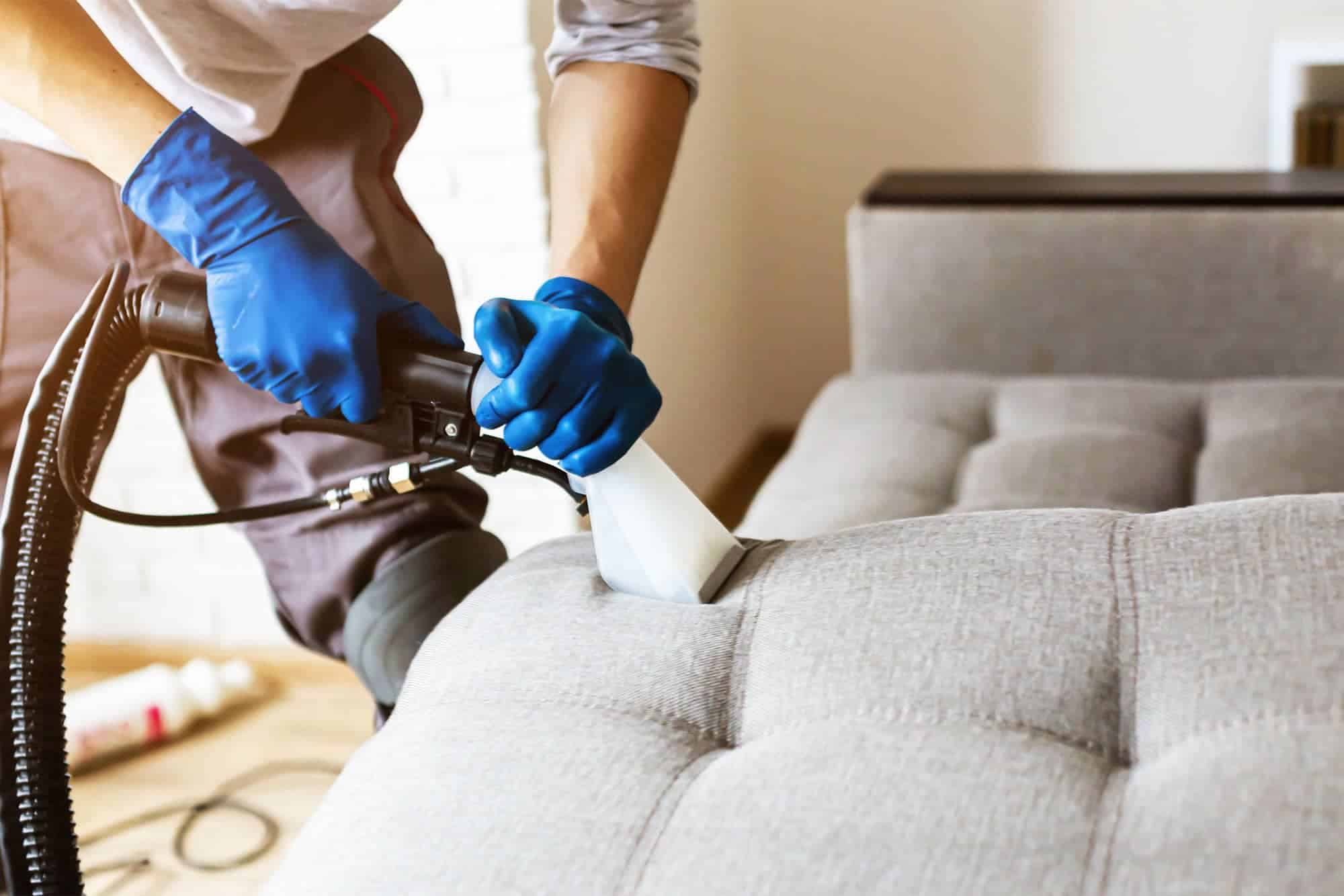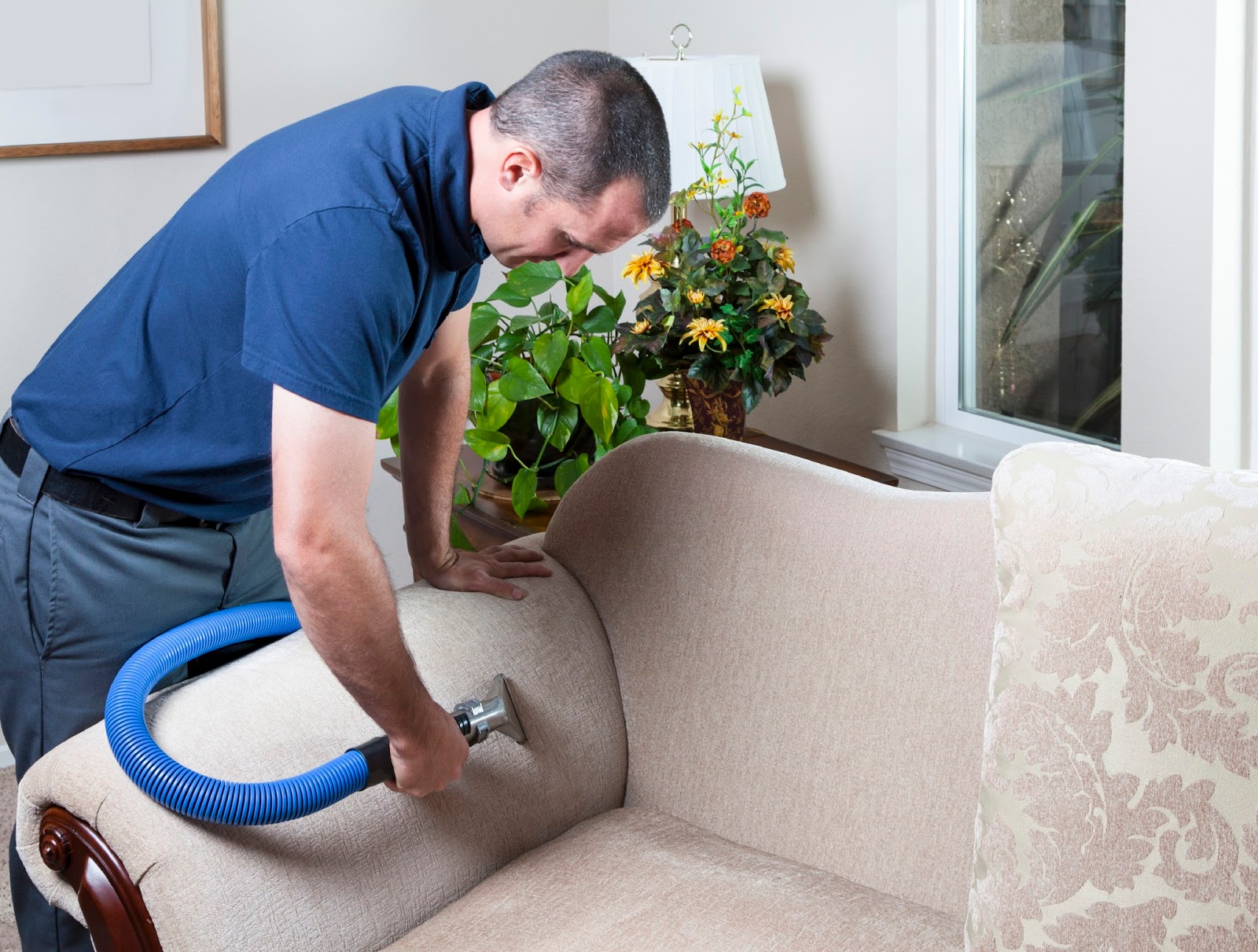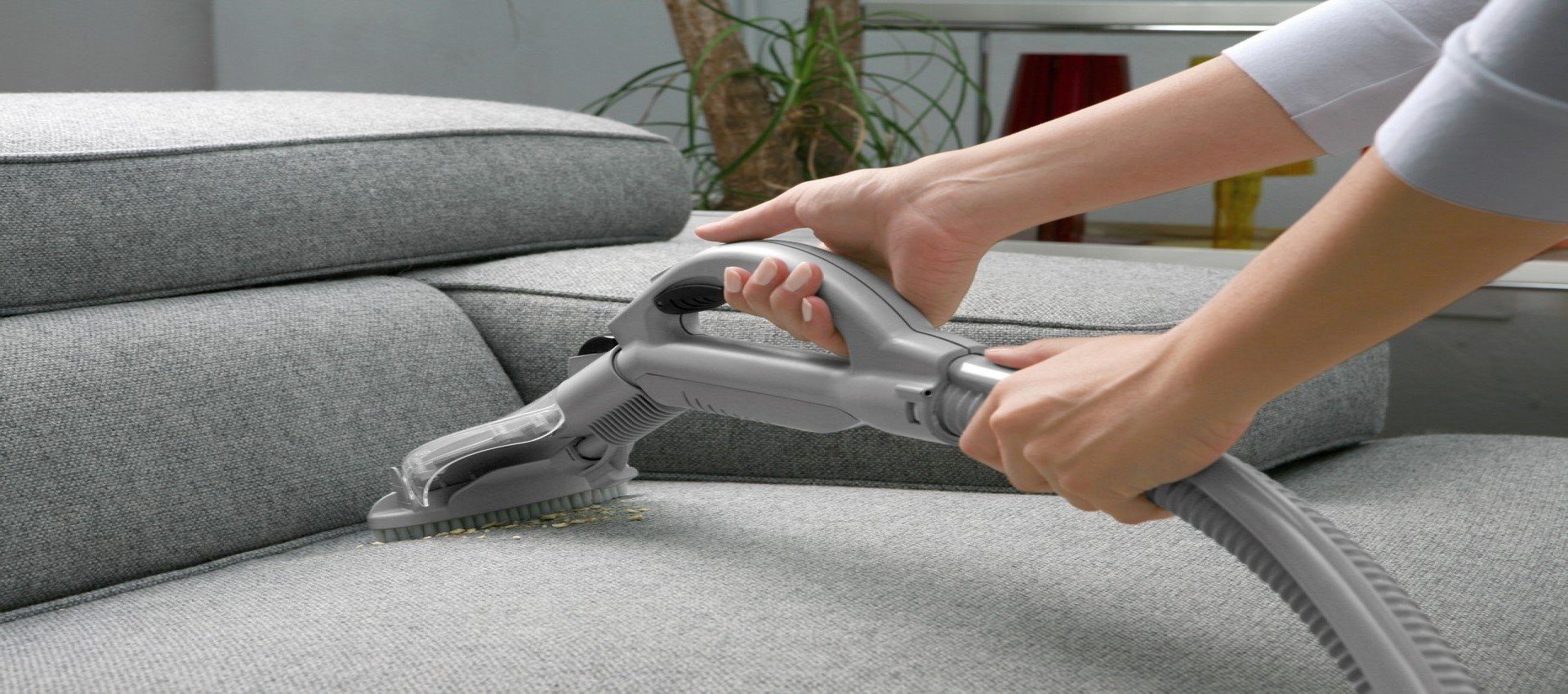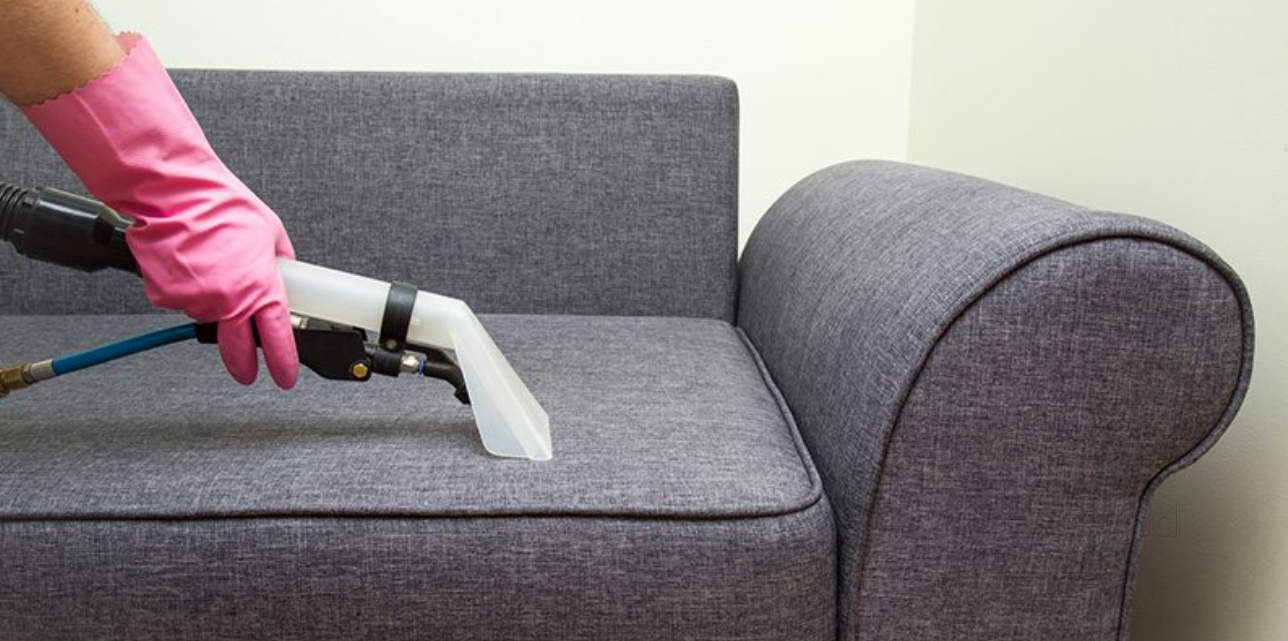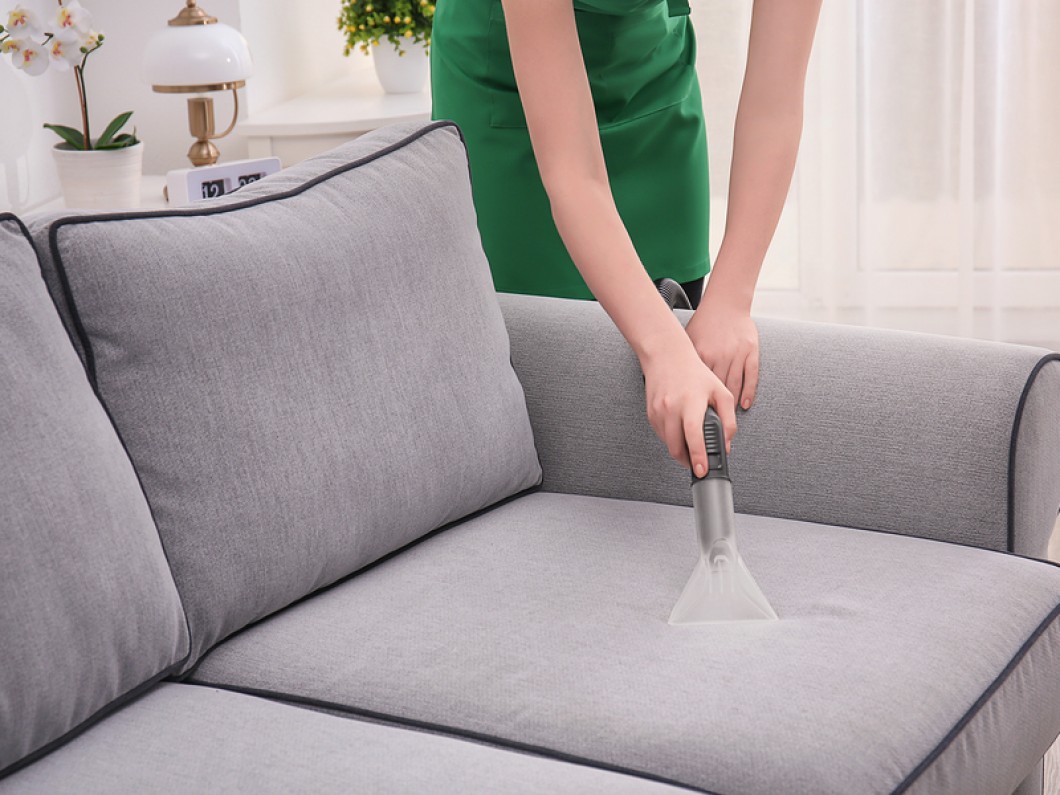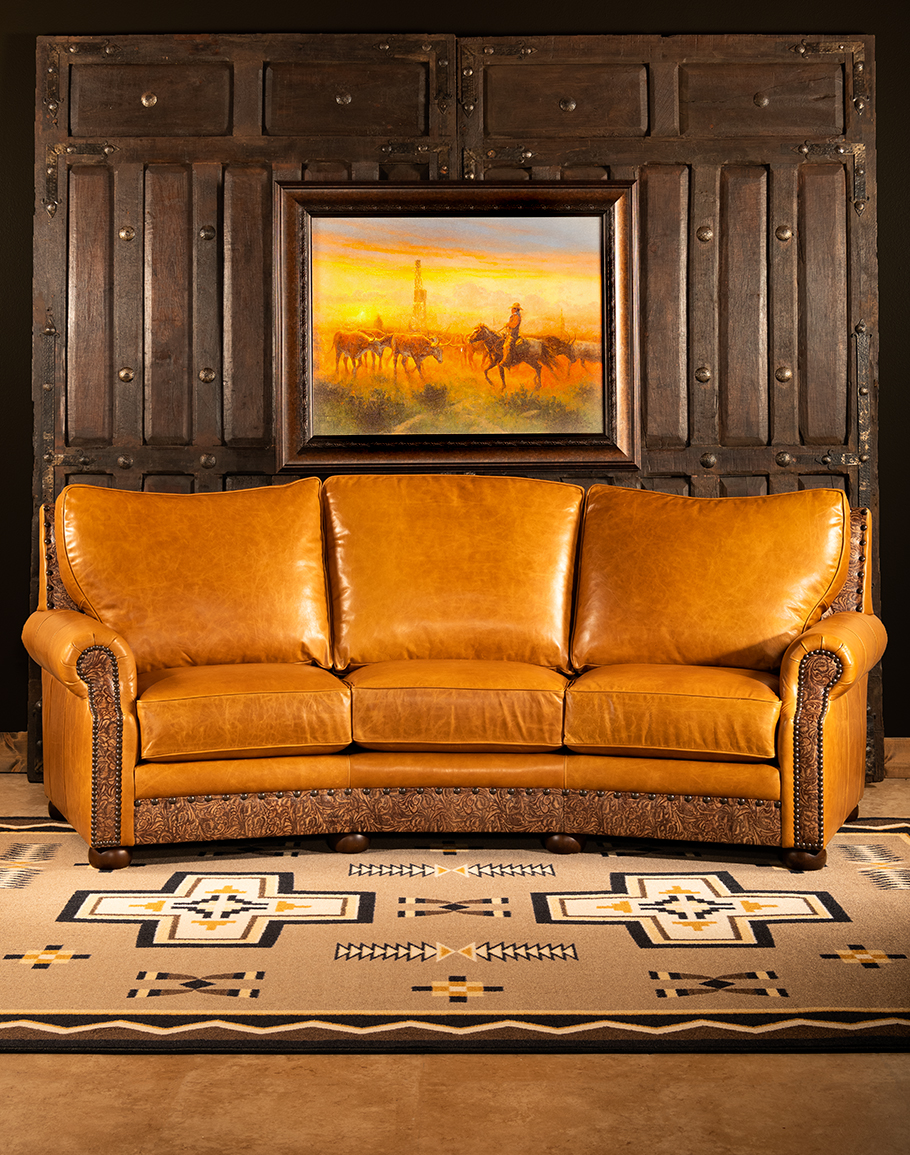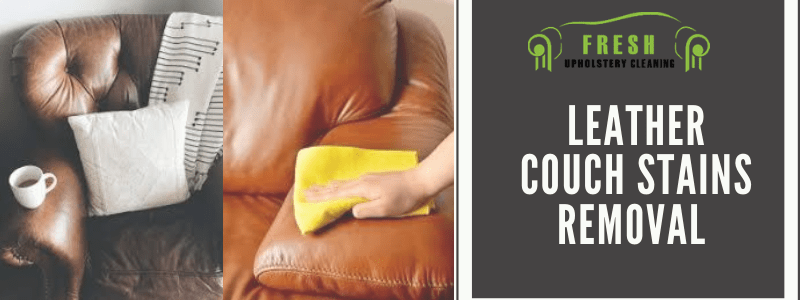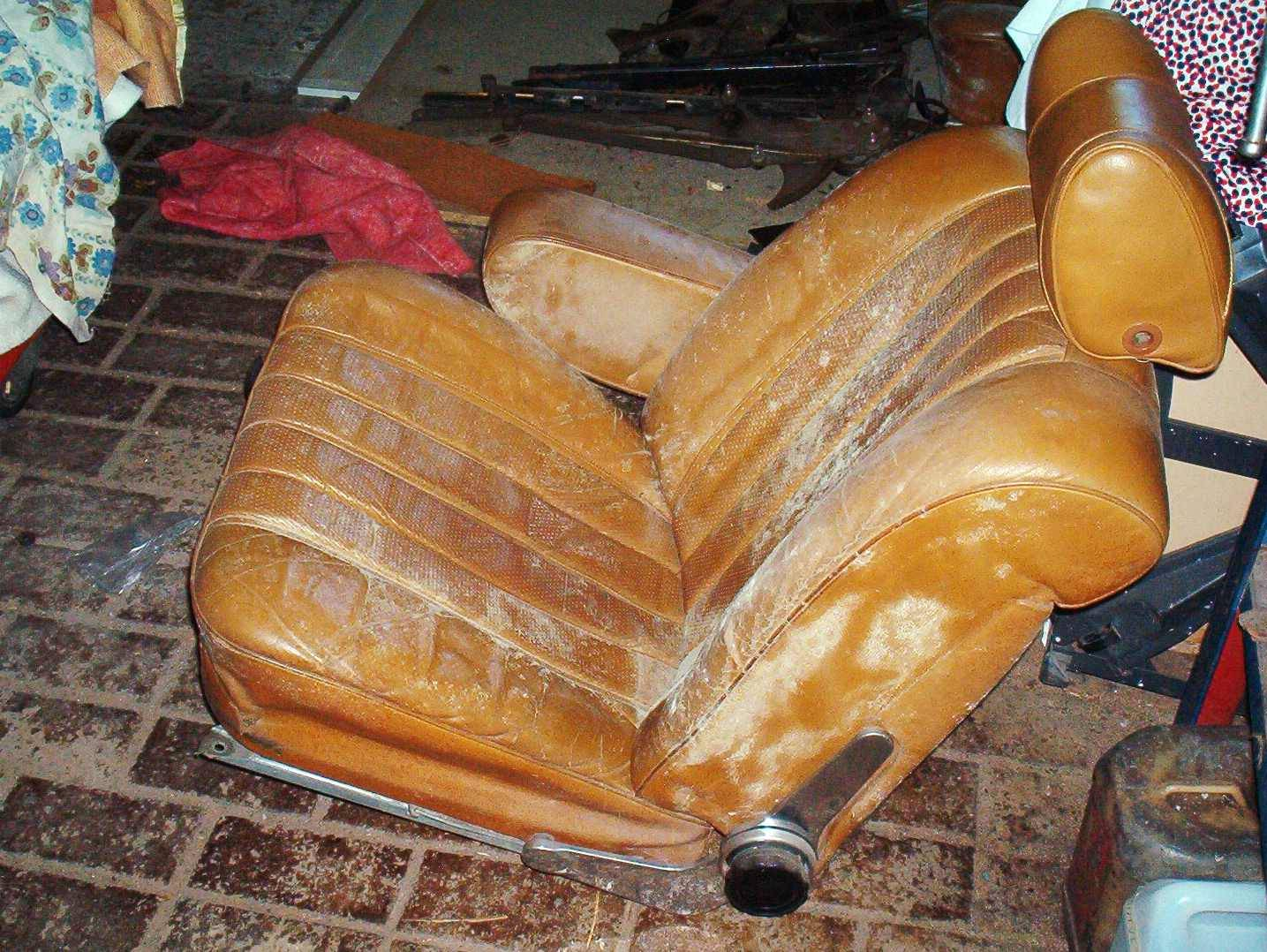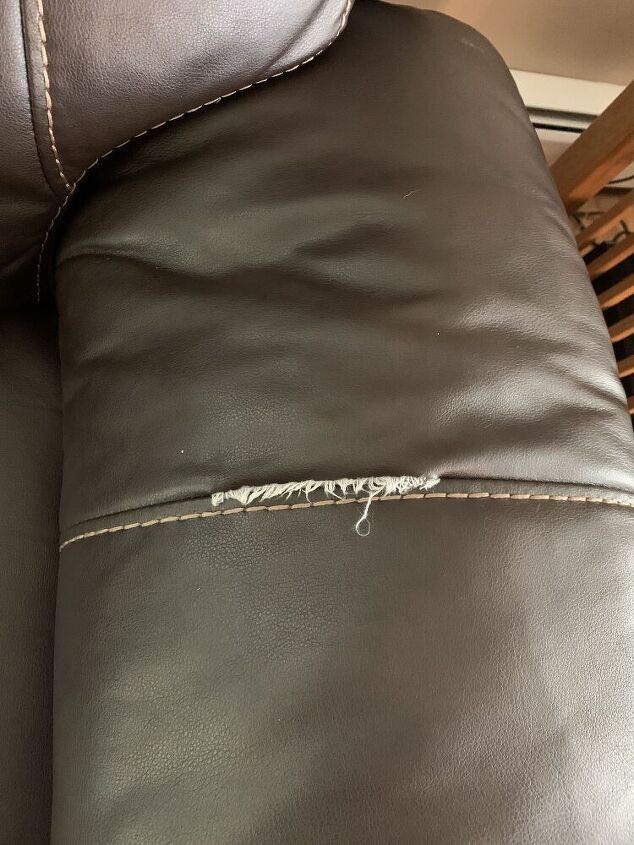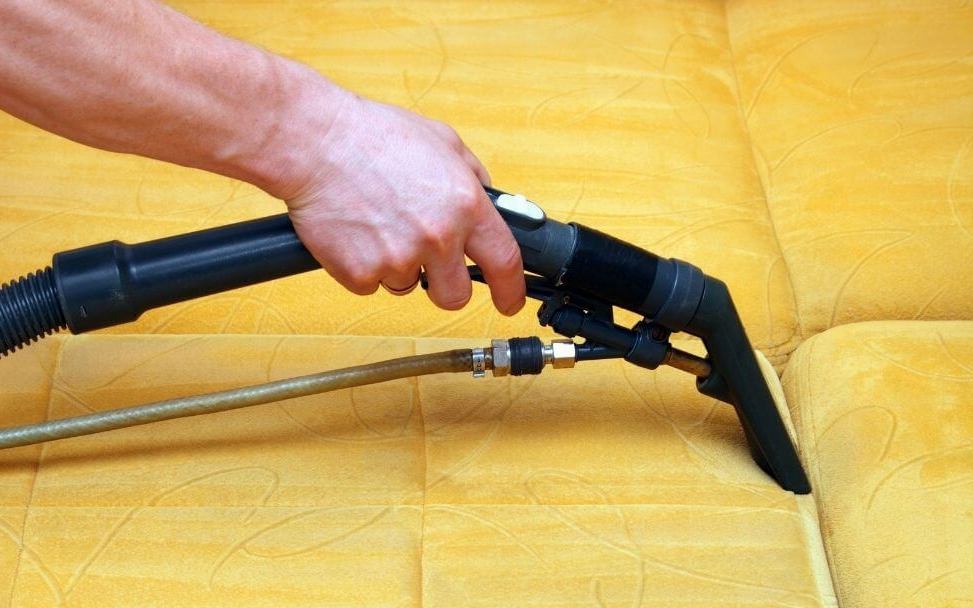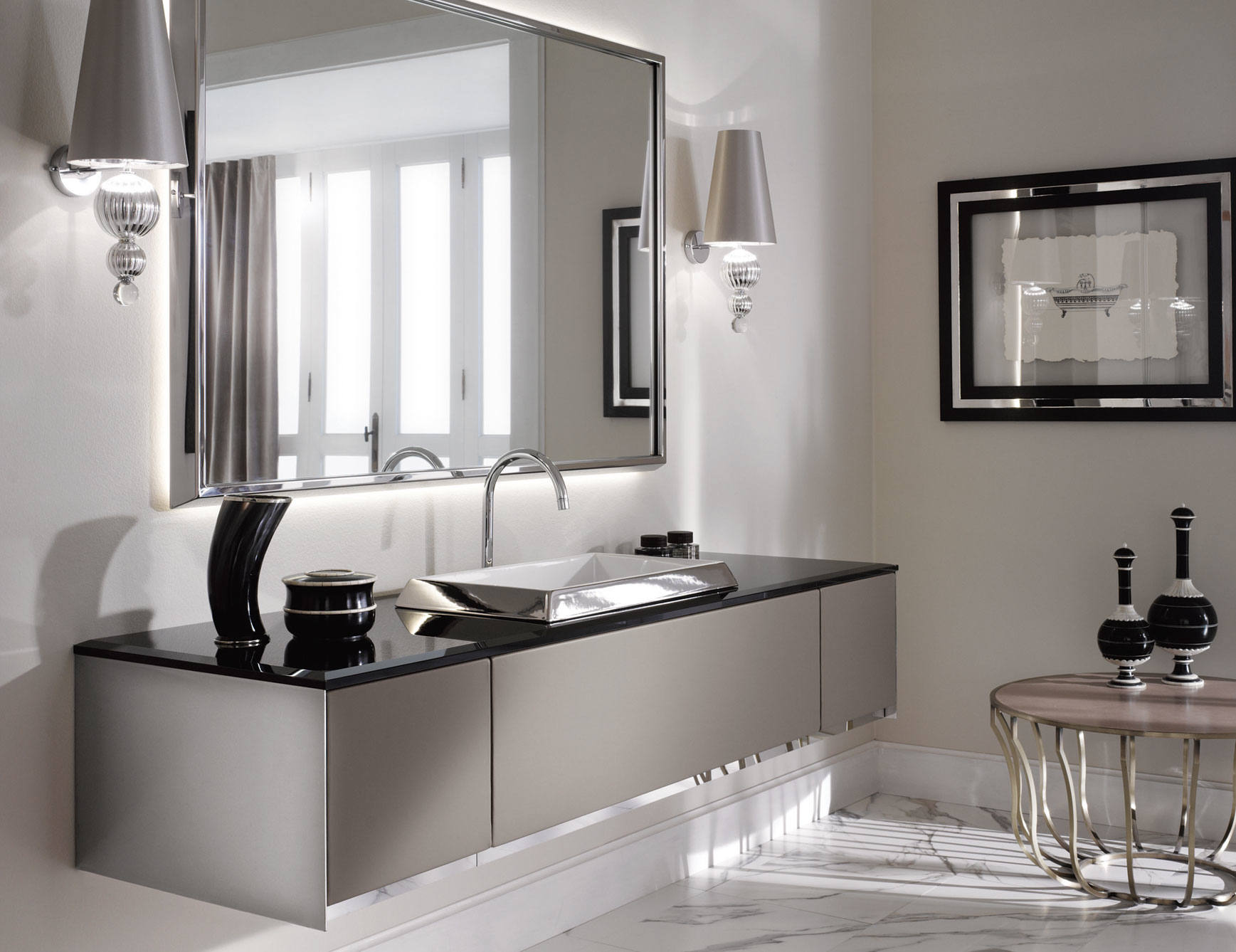Cleaning Your Leather Sofa: Tips and Tricks
Leather sofas are a beautiful addition to any home, adding a touch of elegance and sophistication to your living space. However, they also require proper maintenance and care to ensure their longevity. One of the biggest challenges that leather sofa owners face is dealing with mould and mildew. Not only does it ruin the appearance of your sofa, but it can also lead to health hazards. But fear not, here are 10 tips to help you effectively clean mouldy leather sofas and keep them looking as good as new.
1. Identify the Source of Mould
The first step to cleaning mould from your leather sofa is to identify the source of the problem. Mould thrives in damp and humid environments, so check for any leaks or areas where moisture might be trapped. Once you fix the source, it will be easier to prevent future mould growth.
2. Gather Your Supplies
Before you start cleaning, make sure you have all the necessary supplies. You will need a soft cloth, a mild soap, a bucket of warm water, a soft-bristled brush, and a leather conditioner. Avoid using harsh chemicals or abrasive materials as they can damage the leather.
3. Test on a Small Area
Before jumping into cleaning the entire sofa, test the cleaning solution on a small, inconspicuous area first. This will help you determine if the solution is safe for your leather and if it effectively removes the mould.
4. Vacuum the Sofa
To remove any loose dirt or debris, use a vacuum cleaner with a soft brush attachment to gently clean the surface of the sofa. This will also help to loosen any mould spores that might be trapped in the leather pores.
5. Mix the Cleaning Solution
In a bucket of warm water, add a few drops of mild soap and mix until it forms a sudsy solution. You can also add a few drops of white vinegar for added cleaning power.
6. Gently Scrub the Affected Area
Dip a soft cloth in the cleaning solution and wring out the excess water. Use the damp cloth to gently scrub the affected area, making sure not to saturate the leather. For tougher stains, use a soft-bristled brush to gently scrub the area in a circular motion.
7. Rinse with Clean Water
After scrubbing, use a clean damp cloth to rinse off the soap solution. Make sure to remove all traces of soap as it can cause damage to the leather if left behind.
8. Dry Thoroughly
Using a dry cloth, gently pat the area to remove excess water. Then, let the leather air dry completely. Do not use a hairdryer or any direct heat source as it can cause the leather to crack.
9. Condition the Leather
Once the leather is completely dry, apply a leather conditioner to keep it soft and supple. This will also help to prevent future mould growth.
How to Clean a Mouldy Leather Sofa: A Detailed Guide
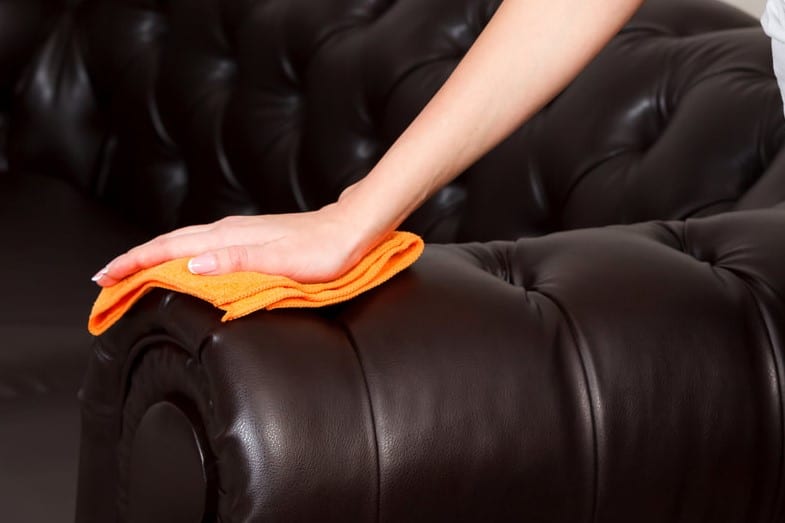
Mould and Its Harmful Effects on Leather Sofas
.jpg?v=e72d03f9) Leather sofas are a luxurious and elegant addition to any living space. However, if not properly maintained, they can become susceptible to mould growth. Mould is a type of fungus that thrives in damp, humid environments and can quickly spread on leather surfaces. Not only does it create unsightly stains, but it can also cause damage to the leather and potentially pose health risks to you and your family. Therefore, it is essential to regularly clean and protect your leather sofa to prevent mould growth and maintain its beauty and longevity.
Leather sofas are a luxurious and elegant addition to any living space. However, if not properly maintained, they can become susceptible to mould growth. Mould is a type of fungus that thrives in damp, humid environments and can quickly spread on leather surfaces. Not only does it create unsightly stains, but it can also cause damage to the leather and potentially pose health risks to you and your family. Therefore, it is essential to regularly clean and protect your leather sofa to prevent mould growth and maintain its beauty and longevity.
The Right Tools and Products for Cleaning Mouldy Leather Sofas
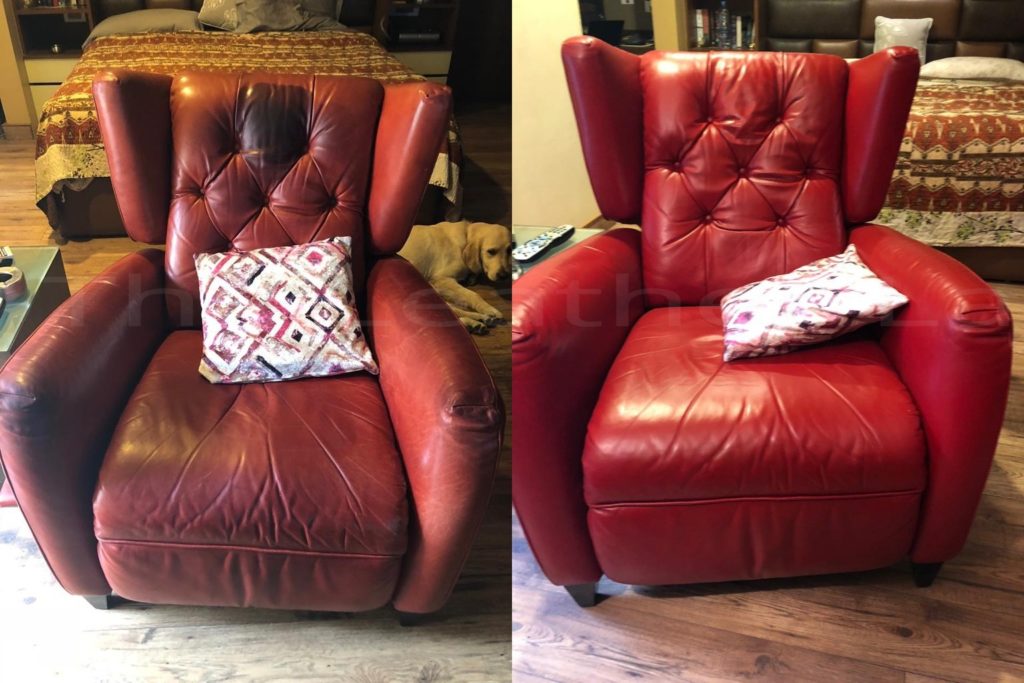 Before diving into the cleaning process, it is crucial to gather the necessary tools and products. To effectively clean a mouldy leather sofa, you will need
a soft cloth, a mild soap or leather cleaner, distilled white vinegar, warm water, a soft-bristled brush, and a leather conditioner.
These items are readily available in most households or can be purchased at a home goods store.
Before diving into the cleaning process, it is crucial to gather the necessary tools and products. To effectively clean a mouldy leather sofa, you will need
a soft cloth, a mild soap or leather cleaner, distilled white vinegar, warm water, a soft-bristled brush, and a leather conditioner.
These items are readily available in most households or can be purchased at a home goods store.
Step-by-Step Guide to Cleaning a Mouldy Leather Sofa
 Step 1:
Begin by removing any loose mould particles from the surface of the sofa. You can use a soft brush or vacuum with a brush attachment for this step.
Step 2:
Mix a small amount of mild soap or leather cleaner with warm water in a bucket. Dip a soft cloth into the solution and wring out any excess water.
Step 3:
Gently wipe the affected areas of the sofa with the damp cloth, being careful not to saturate the leather. Use a circular motion to lift the mould stains from the surface.
Step 4:
For stubborn mould stains, mix equal parts distilled white vinegar and warm water in a spray bottle. Spray the solution onto the affected areas and let it sit for a few minutes before wiping it off with a clean cloth.
Step 5:
Once all the mould stains have been removed, wipe the entire sofa with a clean, damp cloth to remove any soap residue.
Step 6:
Allow the sofa to air dry completely before applying a leather conditioner. This will help restore moisture to the leather and prevent it from cracking or drying out.
Step 1:
Begin by removing any loose mould particles from the surface of the sofa. You can use a soft brush or vacuum with a brush attachment for this step.
Step 2:
Mix a small amount of mild soap or leather cleaner with warm water in a bucket. Dip a soft cloth into the solution and wring out any excess water.
Step 3:
Gently wipe the affected areas of the sofa with the damp cloth, being careful not to saturate the leather. Use a circular motion to lift the mould stains from the surface.
Step 4:
For stubborn mould stains, mix equal parts distilled white vinegar and warm water in a spray bottle. Spray the solution onto the affected areas and let it sit for a few minutes before wiping it off with a clean cloth.
Step 5:
Once all the mould stains have been removed, wipe the entire sofa with a clean, damp cloth to remove any soap residue.
Step 6:
Allow the sofa to air dry completely before applying a leather conditioner. This will help restore moisture to the leather and prevent it from cracking or drying out.
Preventing Mould Growth on Leather Sofas
 To prevent mould growth on your leather sofa, it is essential to keep it clean and dry at all times. Regularly dust and vacuum the sofa, and avoid placing it in direct sunlight or near sources of heat or moisture. In case of any spills, clean them up immediately to prevent the growth of mould. Additionally, using a leather protector or conditioner can help create a barrier against moisture and mould growth.
To prevent mould growth on your leather sofa, it is essential to keep it clean and dry at all times. Regularly dust and vacuum the sofa, and avoid placing it in direct sunlight or near sources of heat or moisture. In case of any spills, clean them up immediately to prevent the growth of mould. Additionally, using a leather protector or conditioner can help create a barrier against moisture and mould growth.
In Conclusion
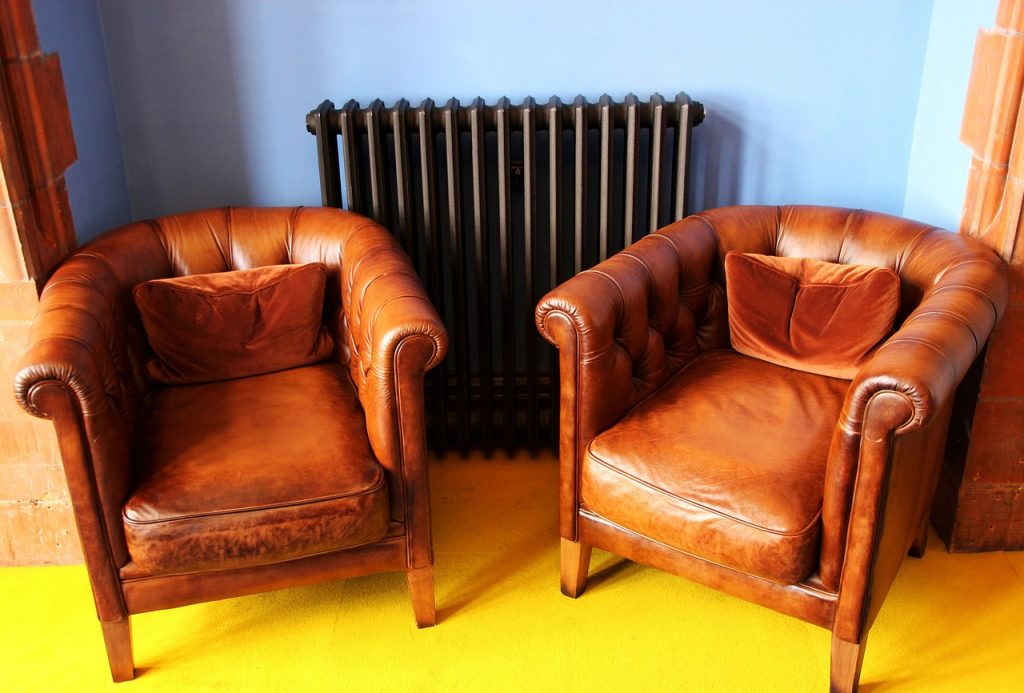 A mouldy leather sofa can be a nightmare to deal with, but with the right tools and techniques, it can be easily cleaned and prevented. By following the steps outlined in this guide, you can keep your leather sofa looking pristine and free from harmful mould. Remember to regularly maintain your sofa to enjoy its beauty and comfort for years to come.
A mouldy leather sofa can be a nightmare to deal with, but with the right tools and techniques, it can be easily cleaned and prevented. By following the steps outlined in this guide, you can keep your leather sofa looking pristine and free from harmful mould. Remember to regularly maintain your sofa to enjoy its beauty and comfort for years to come.
